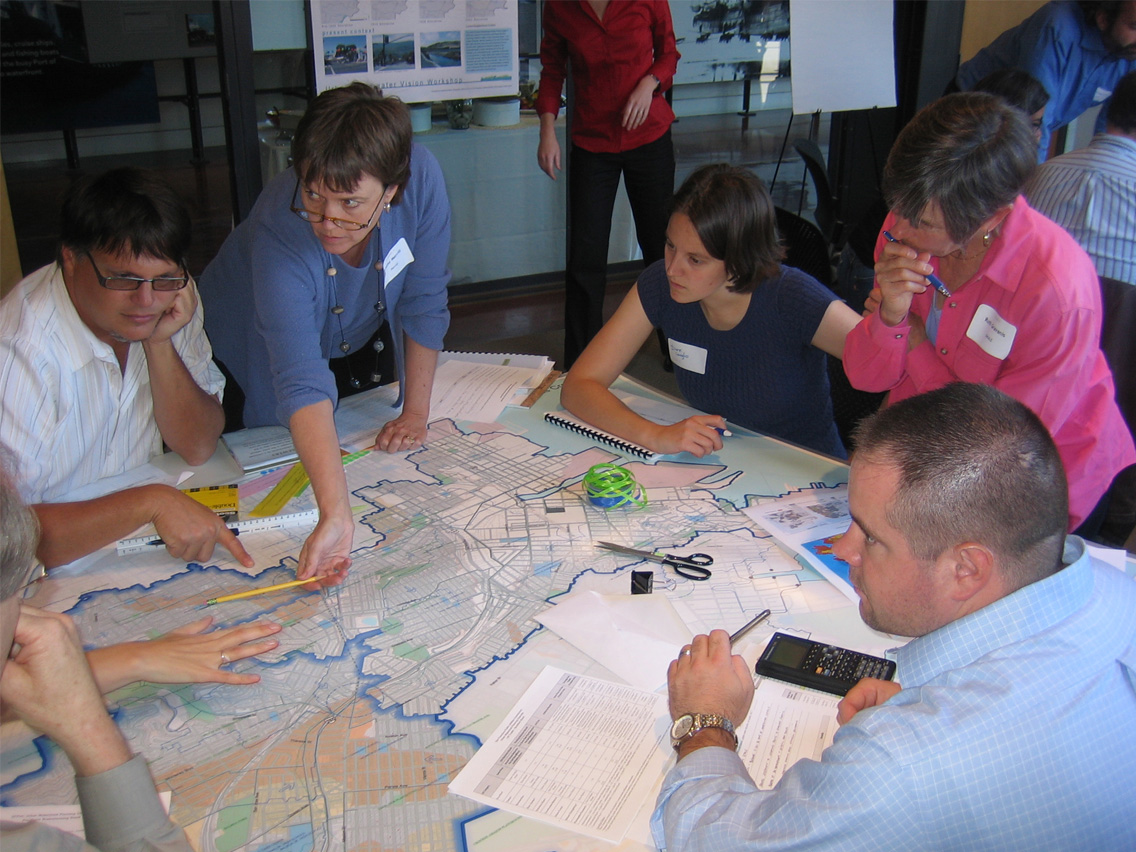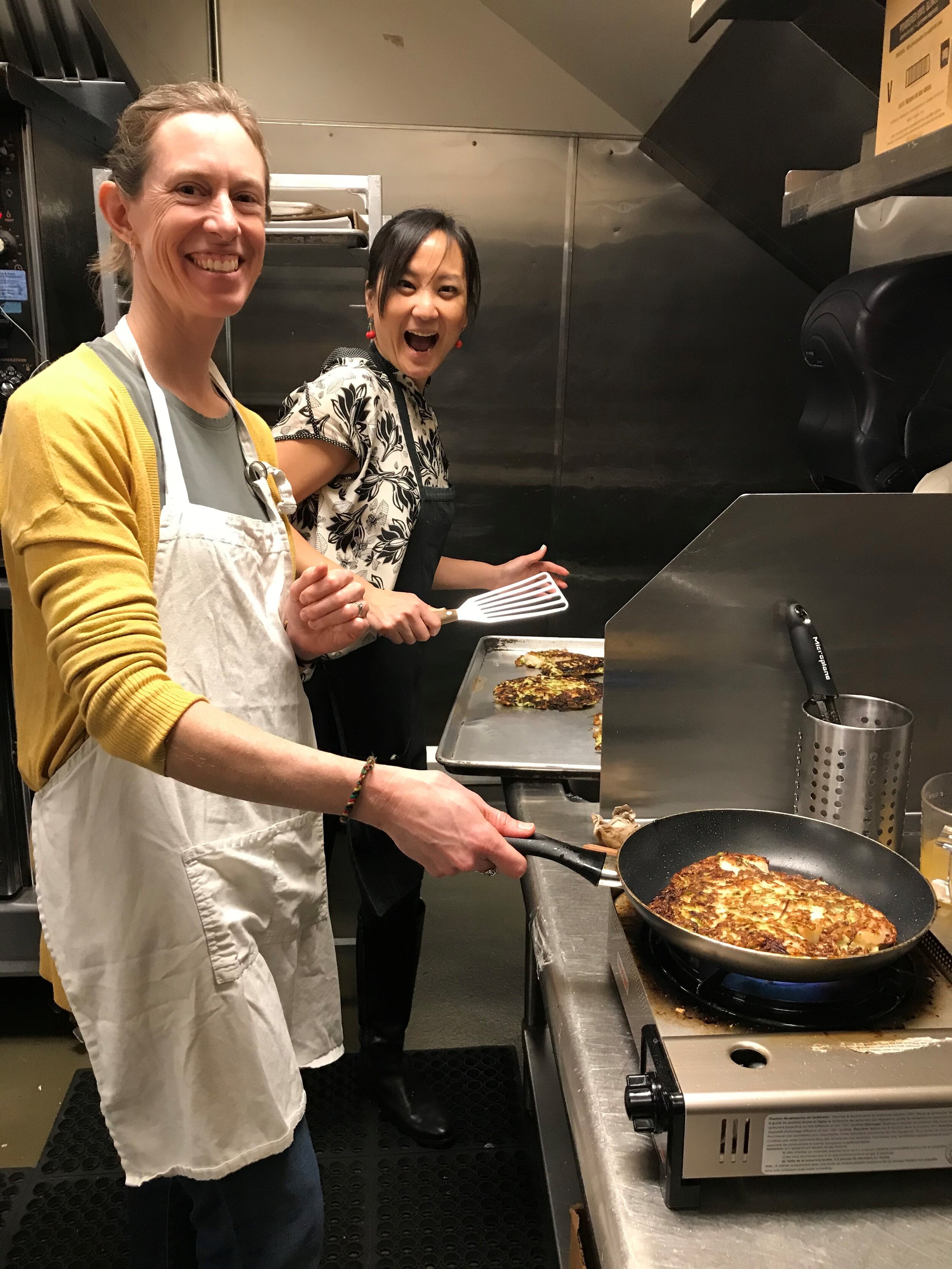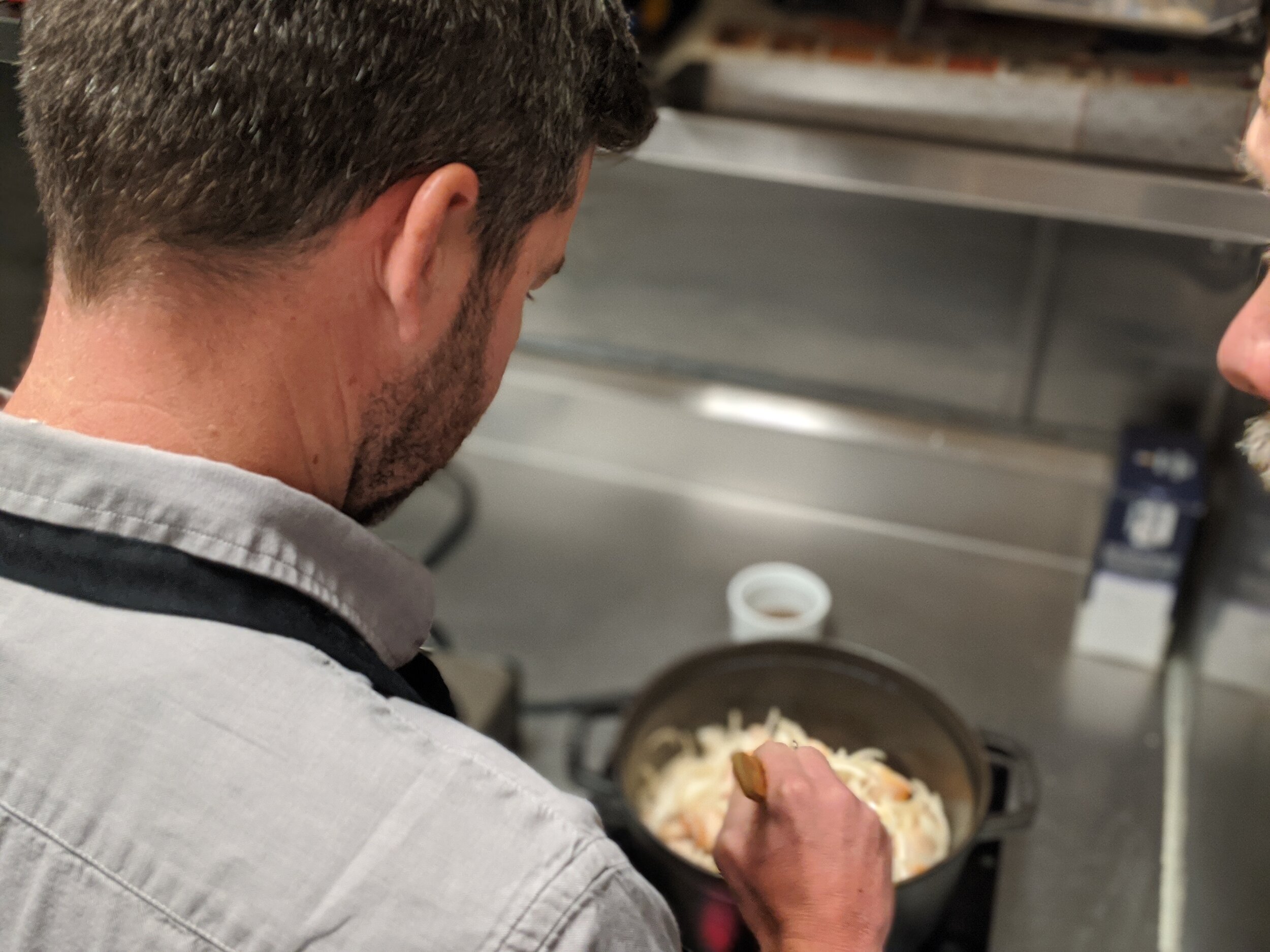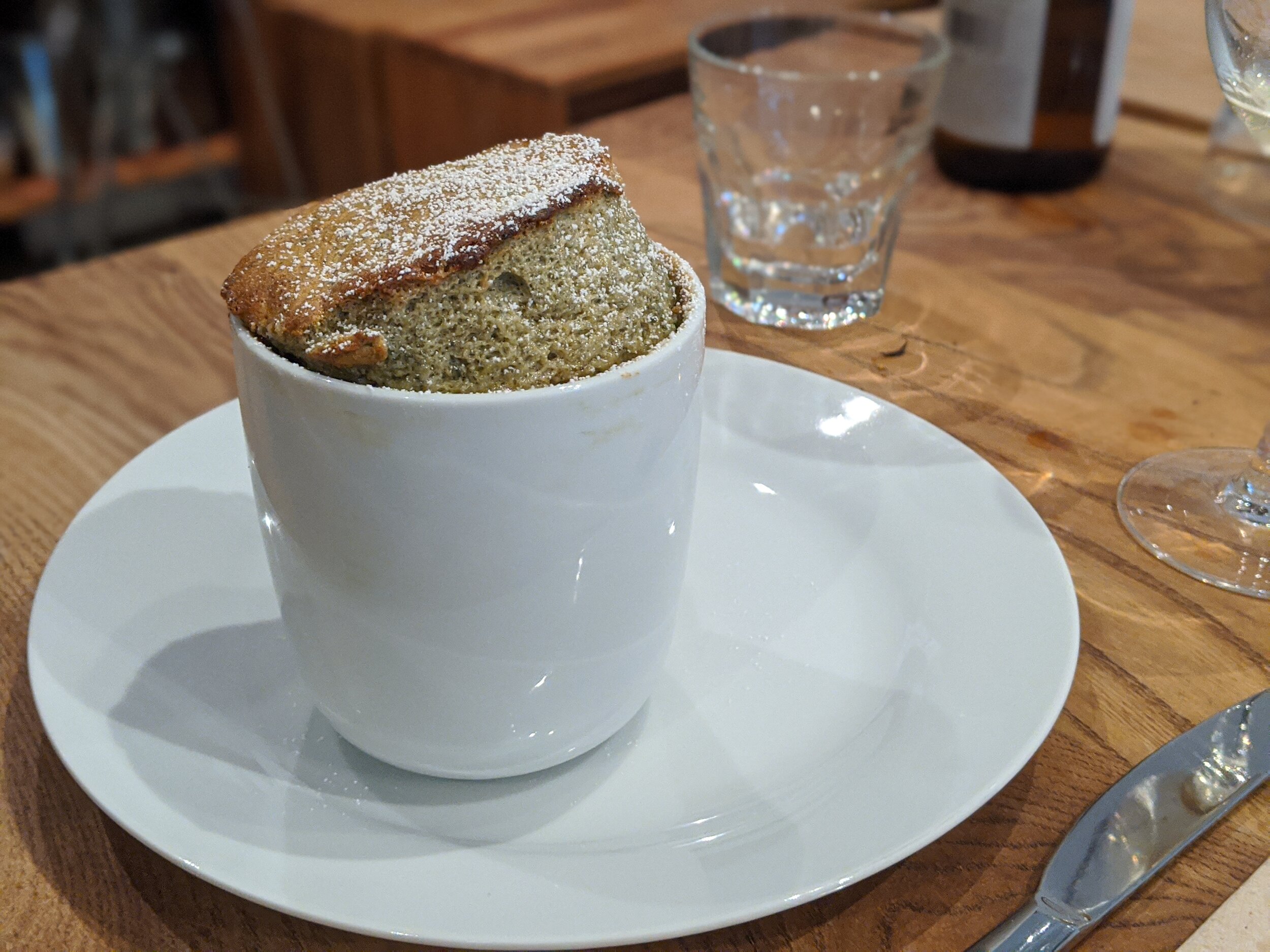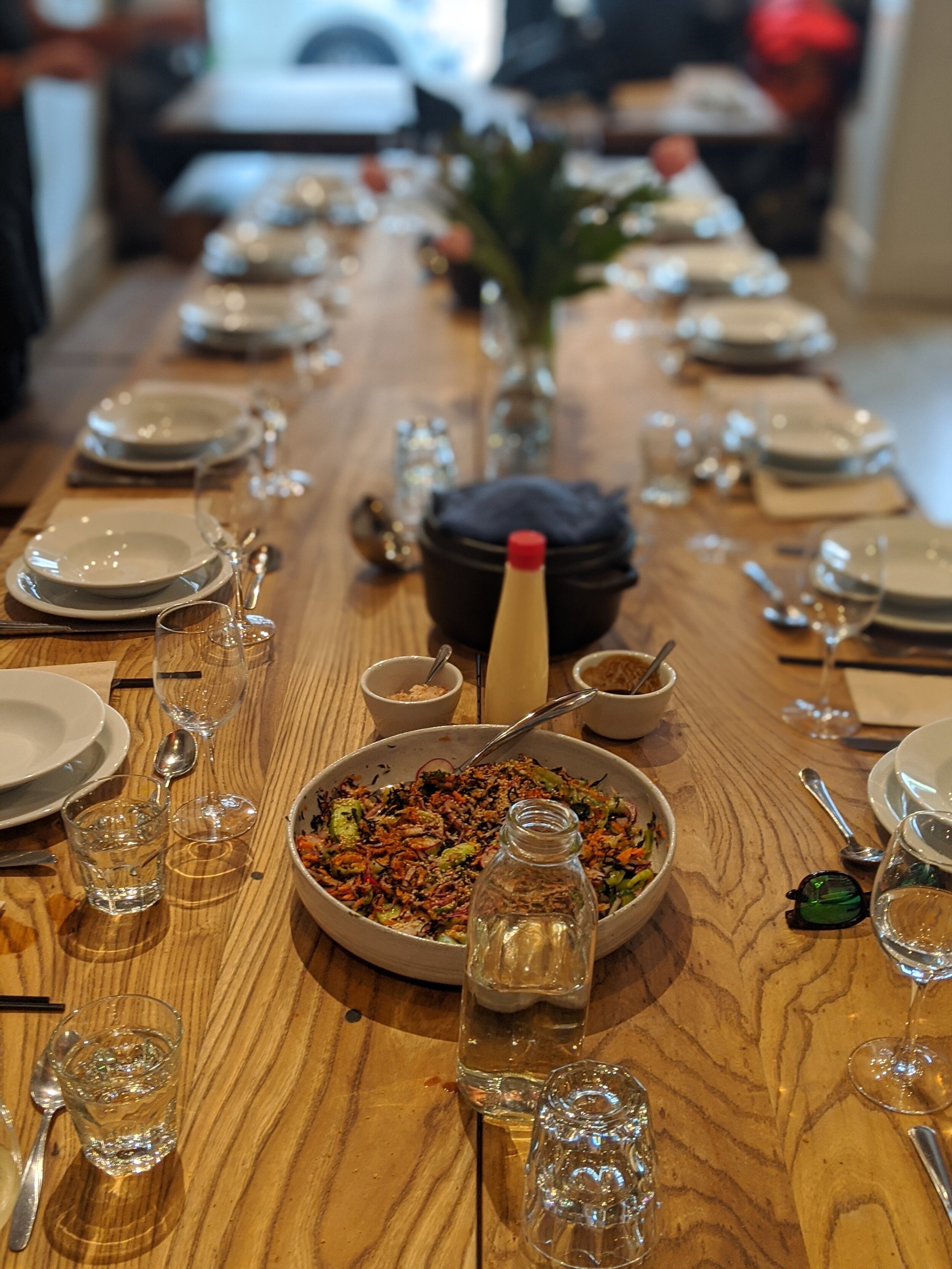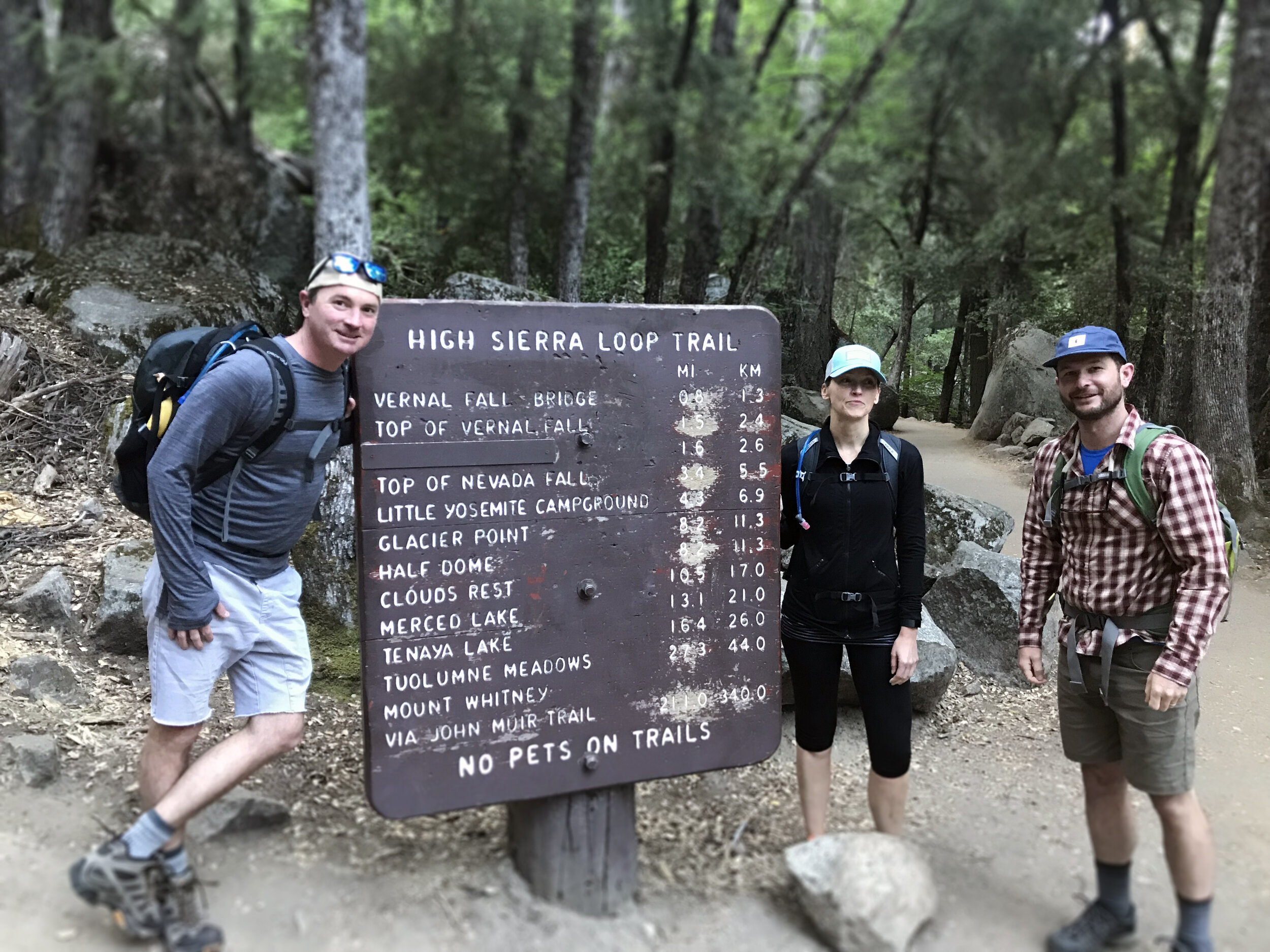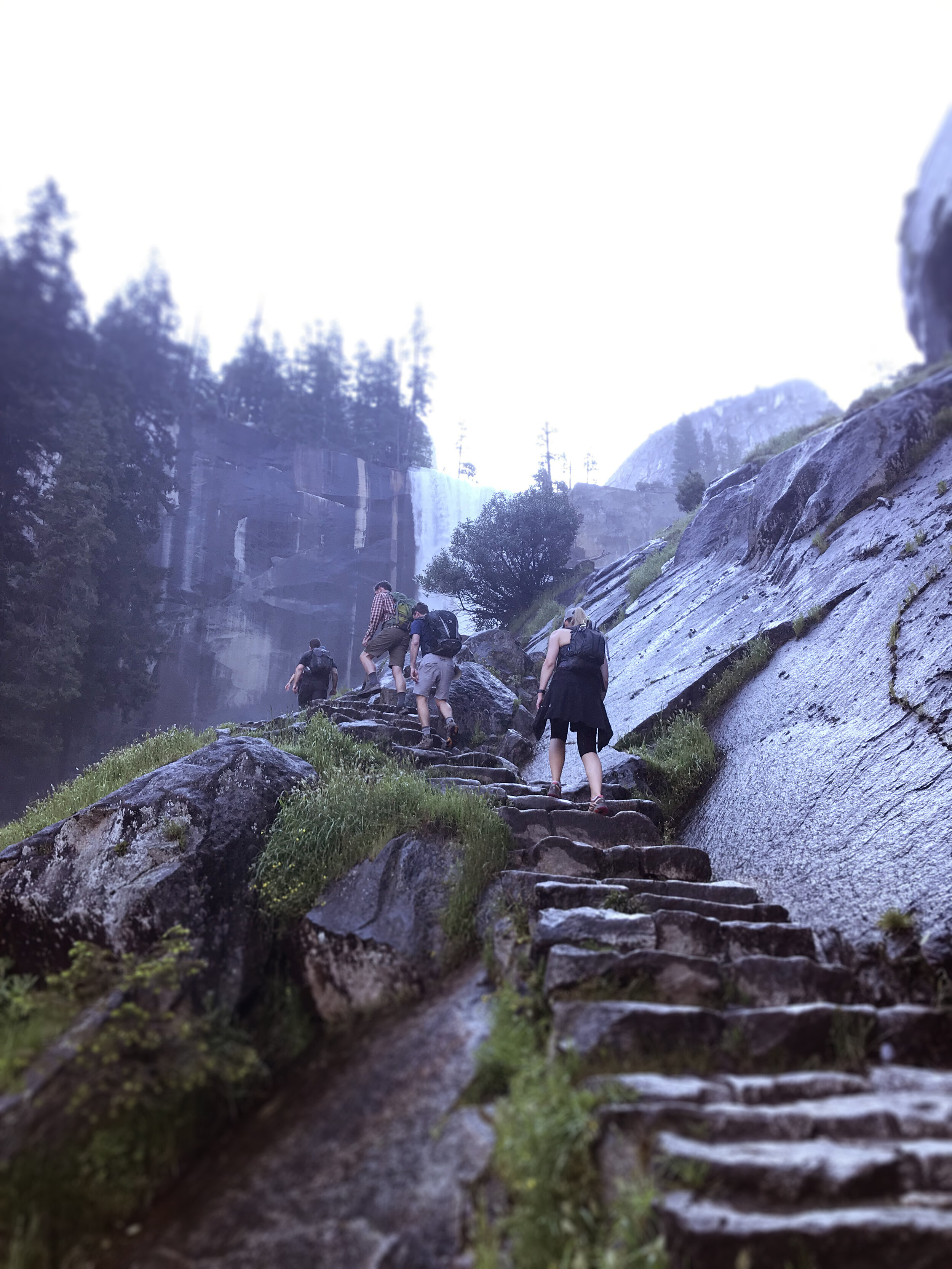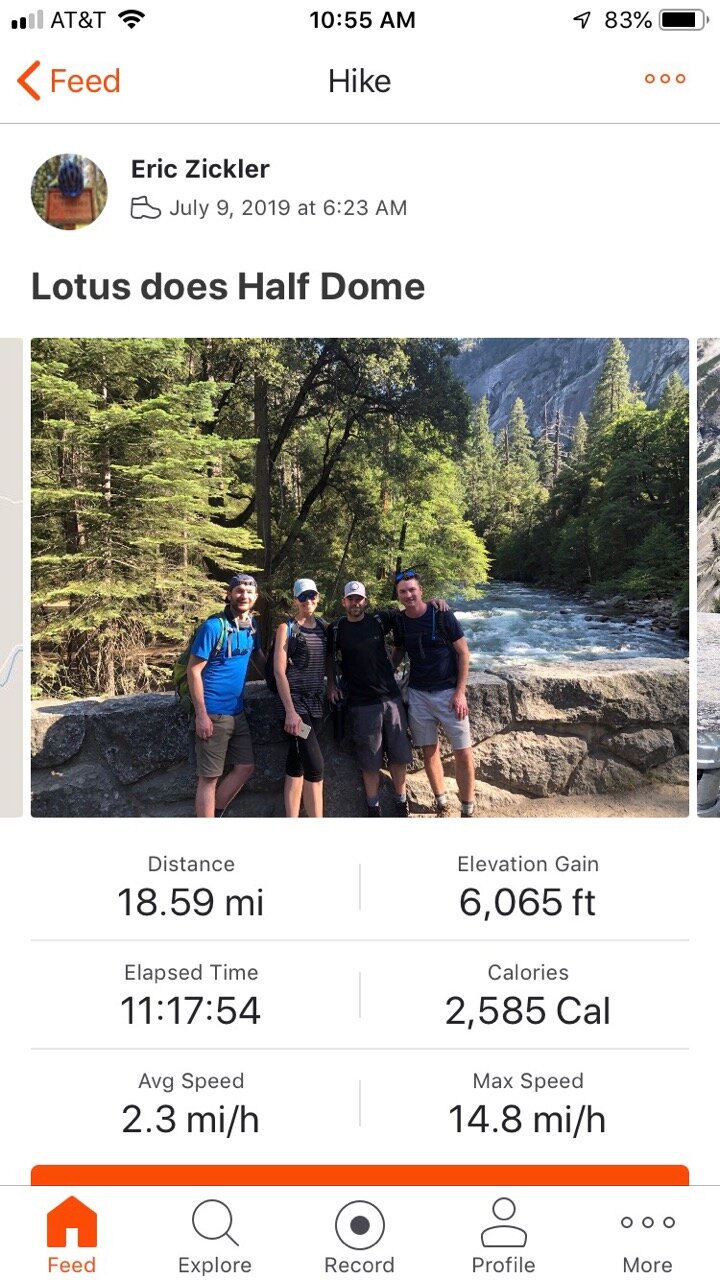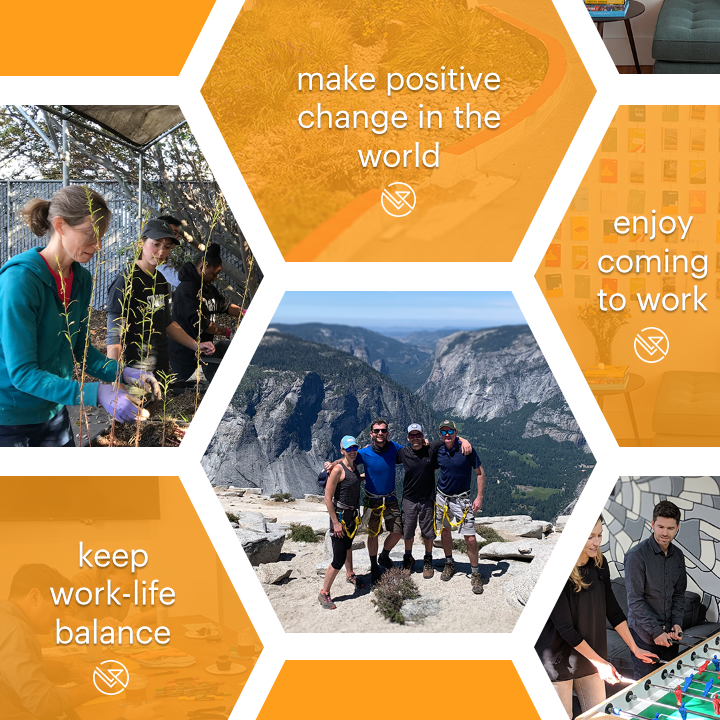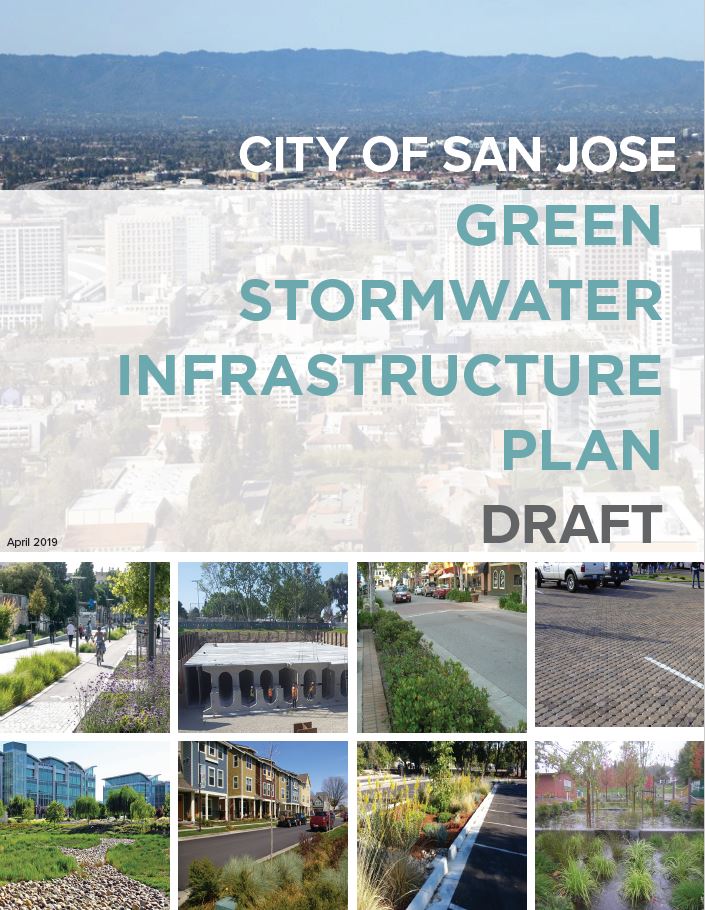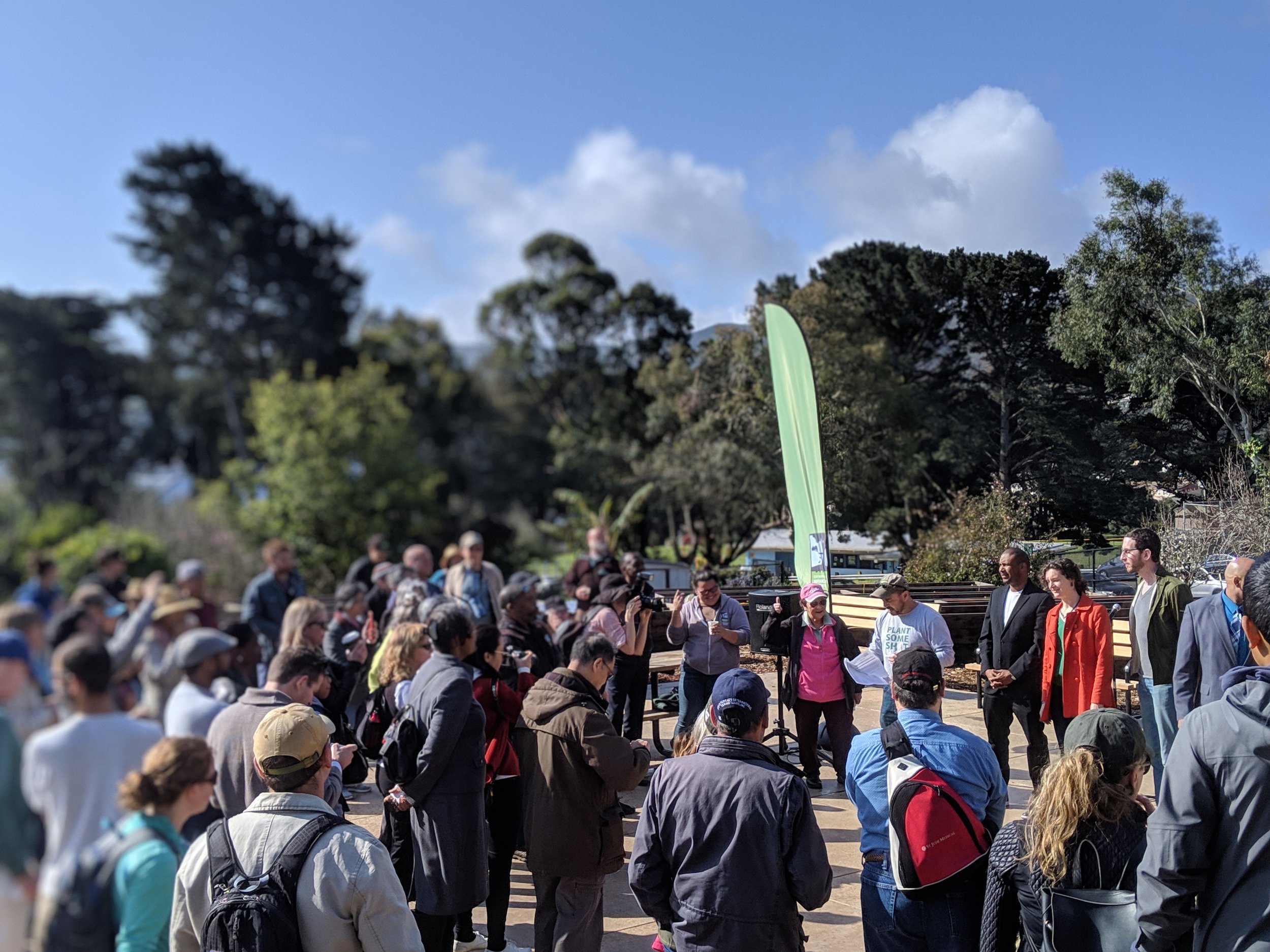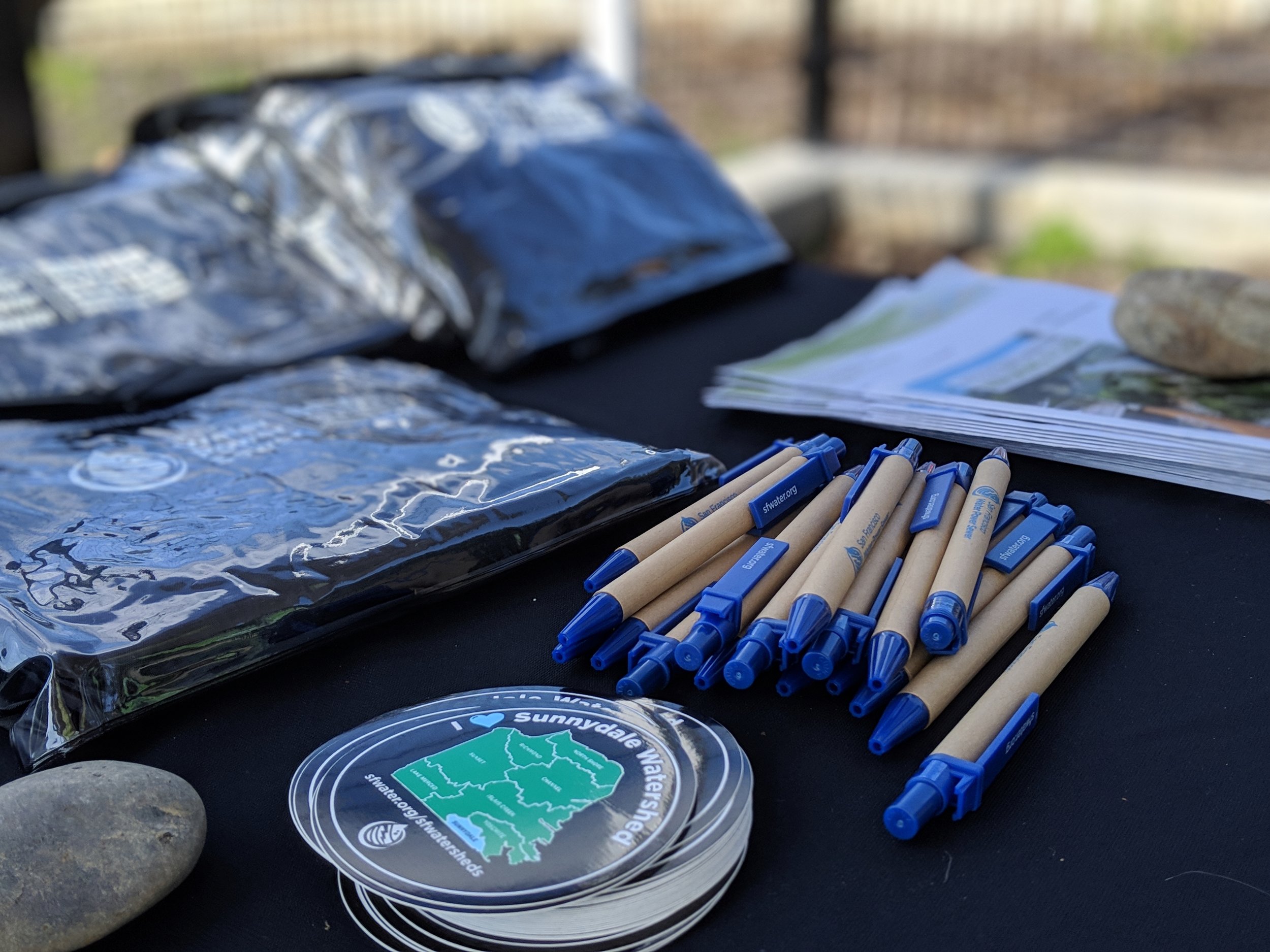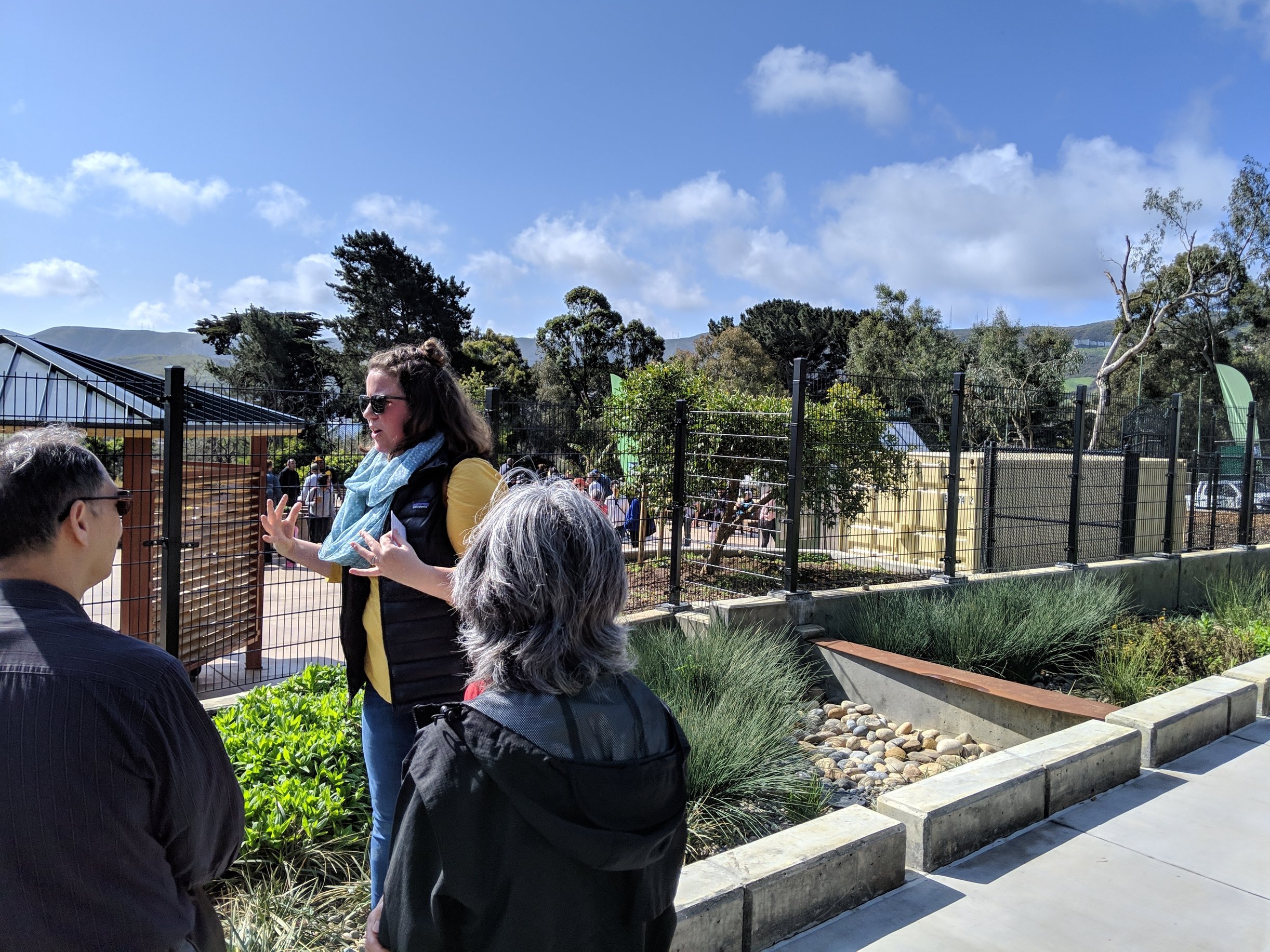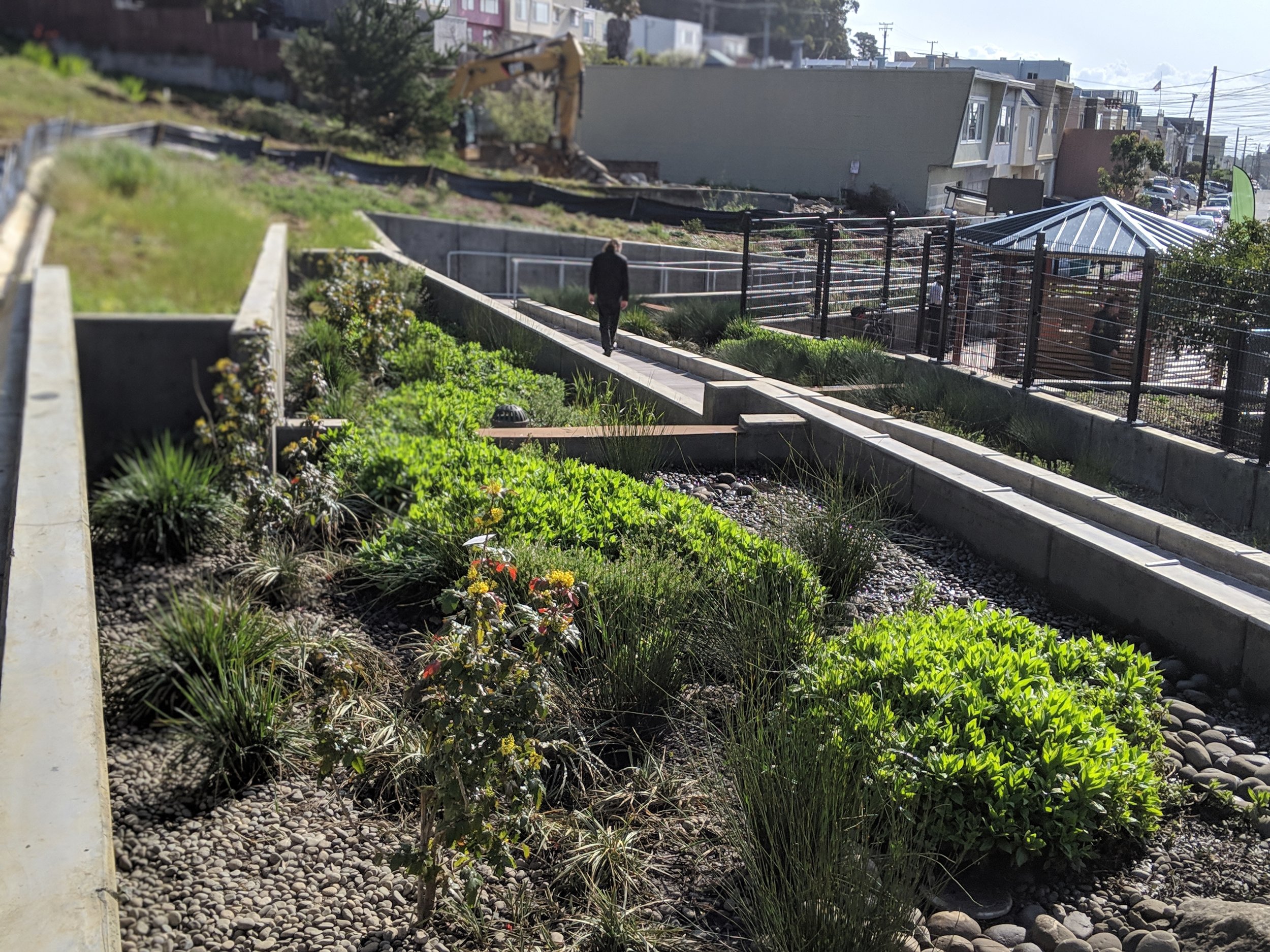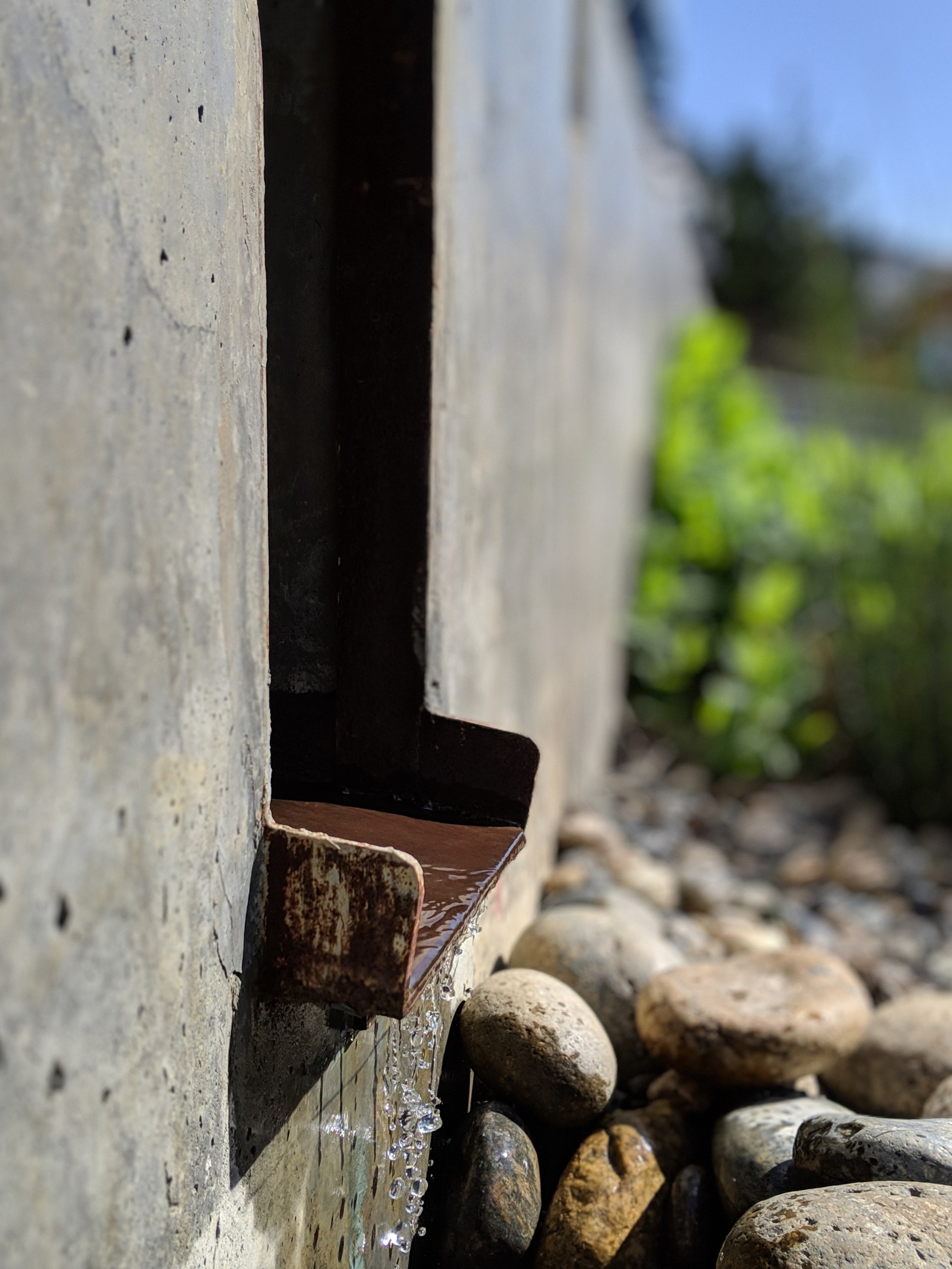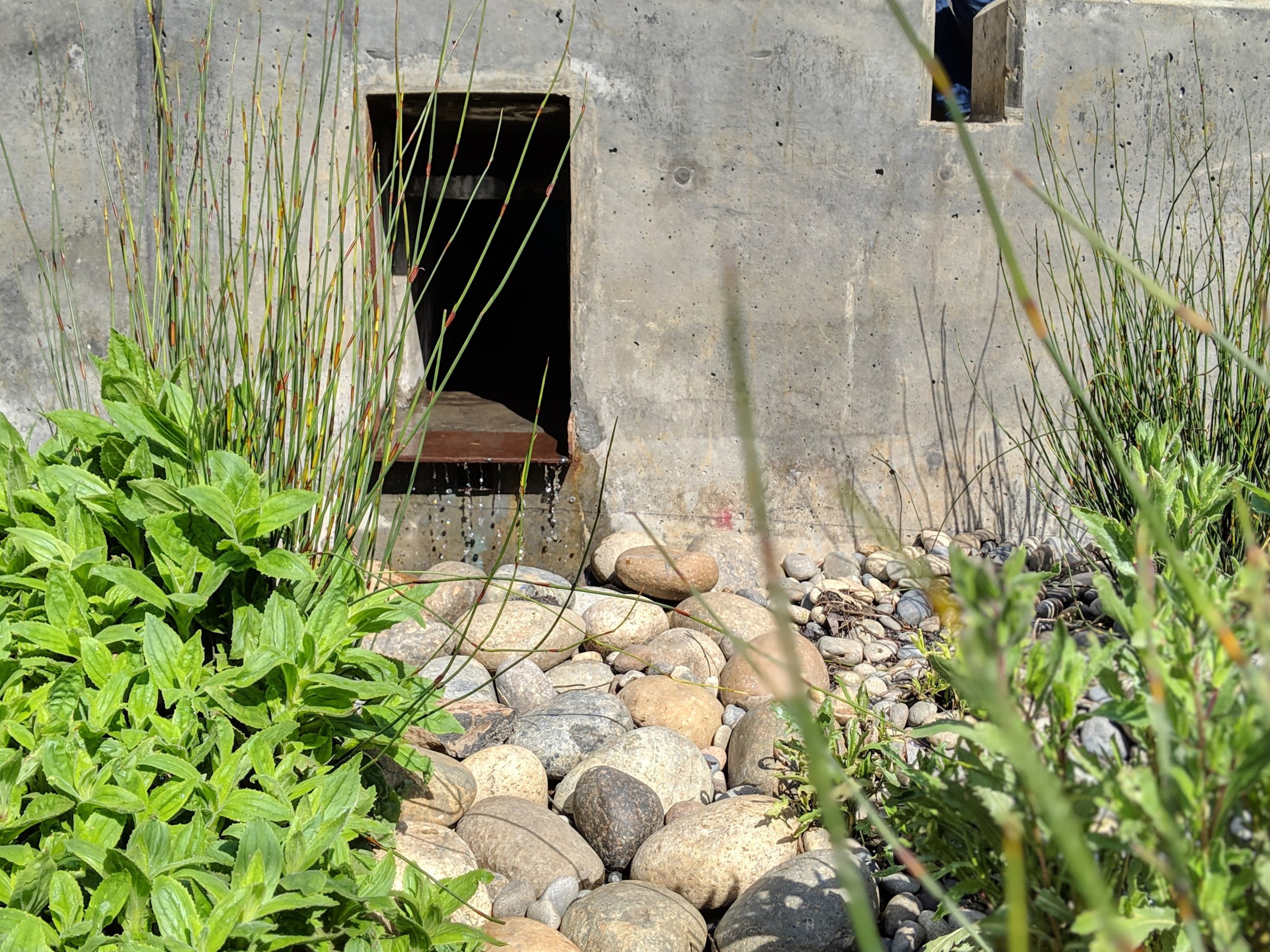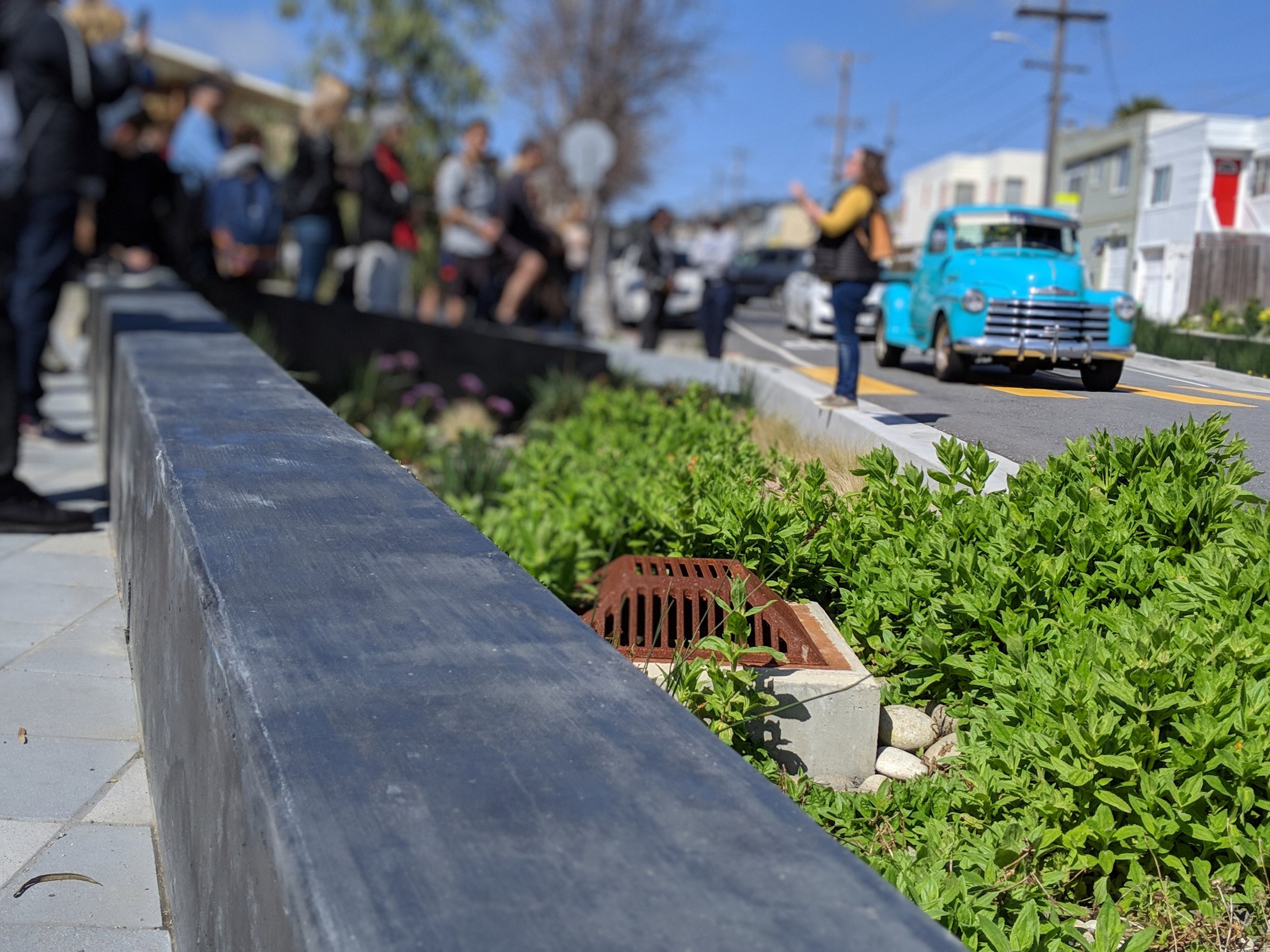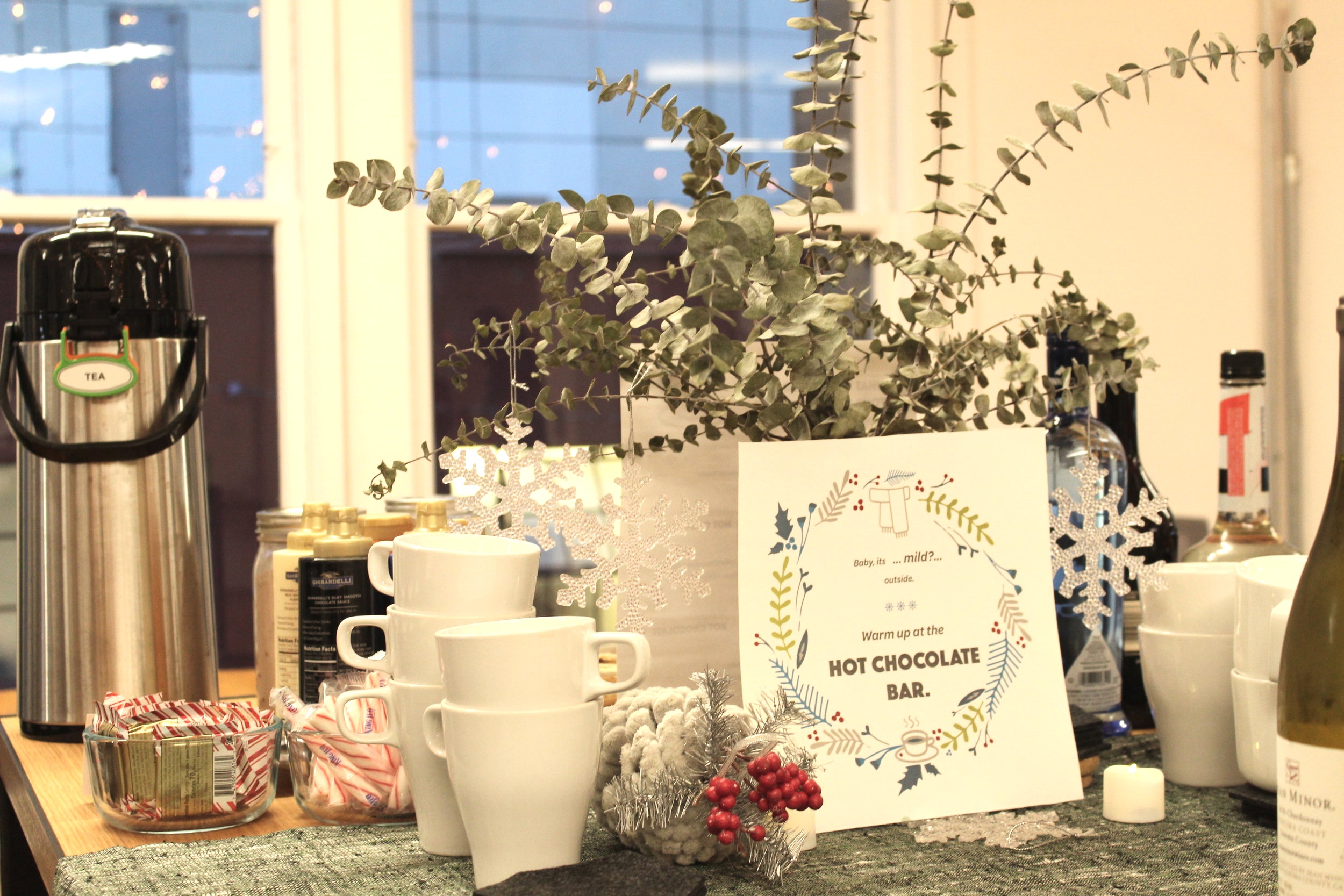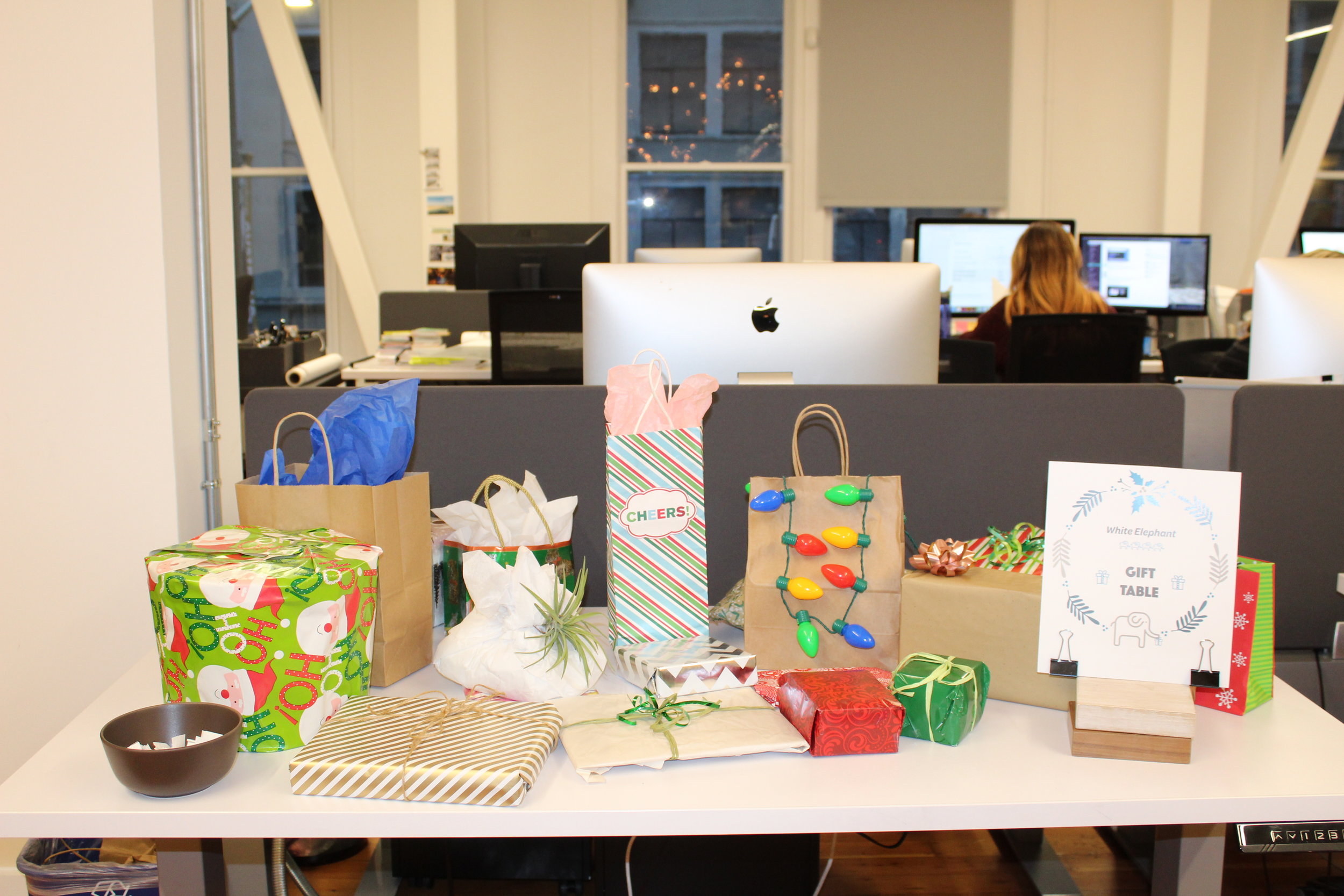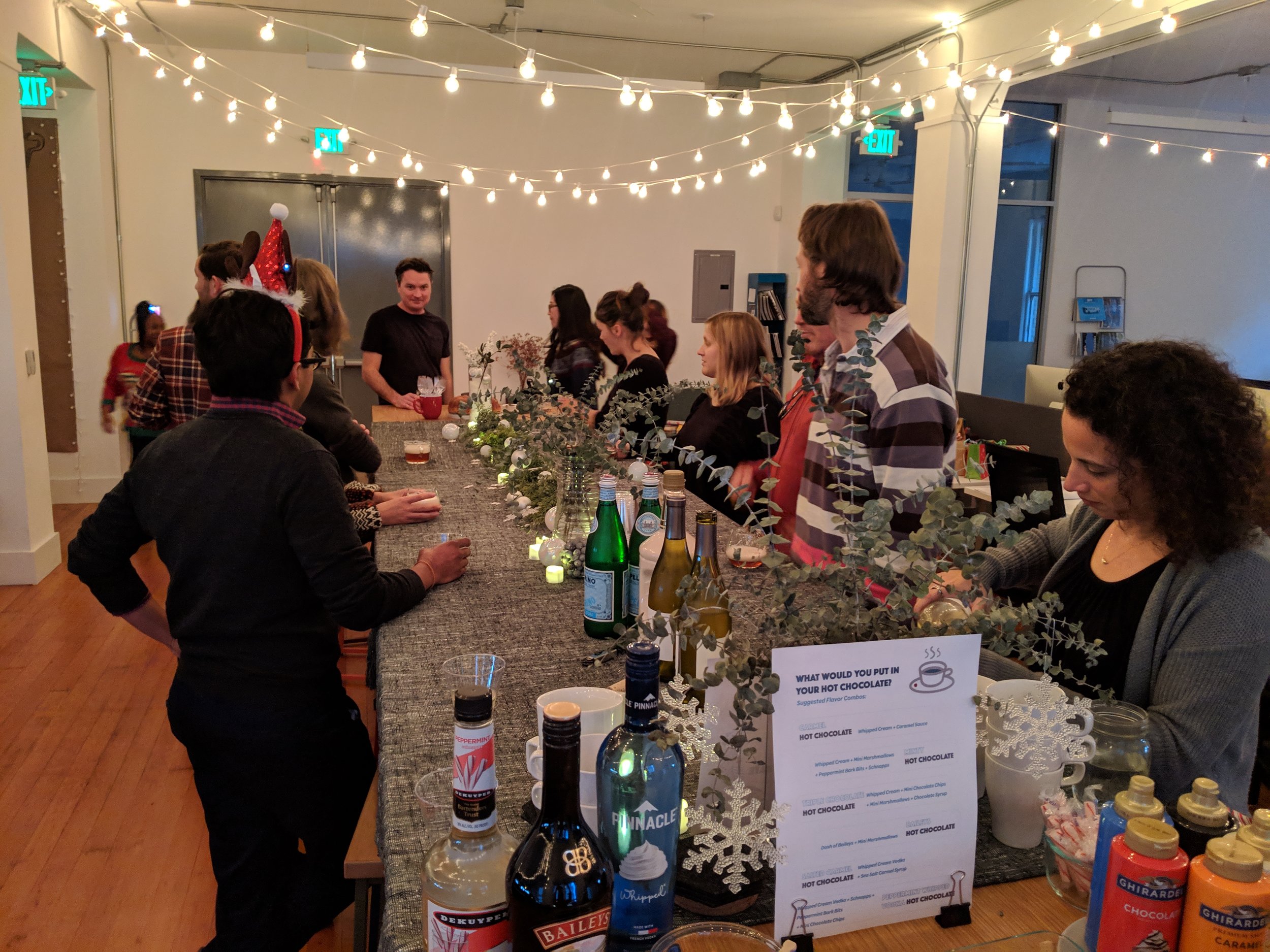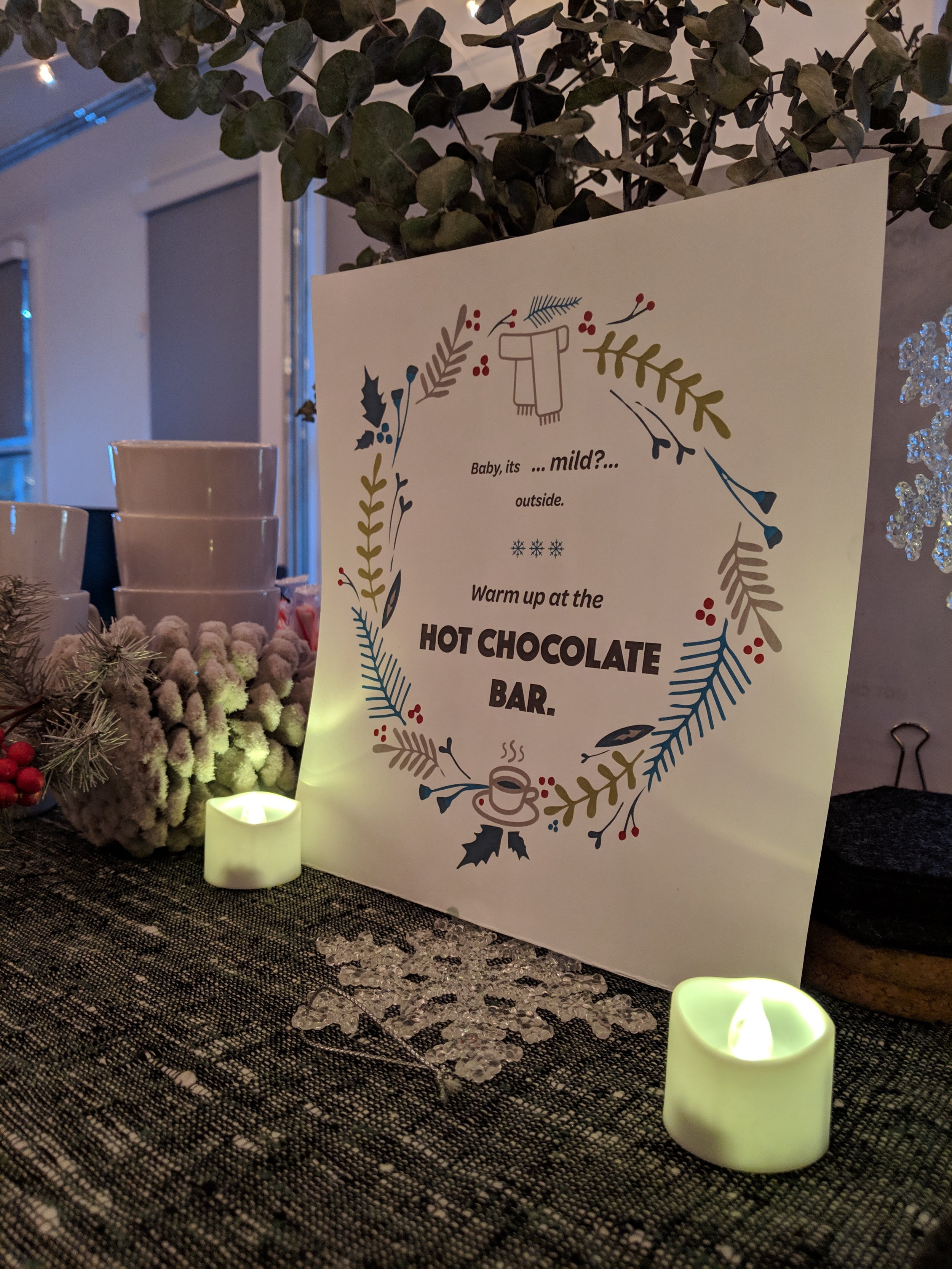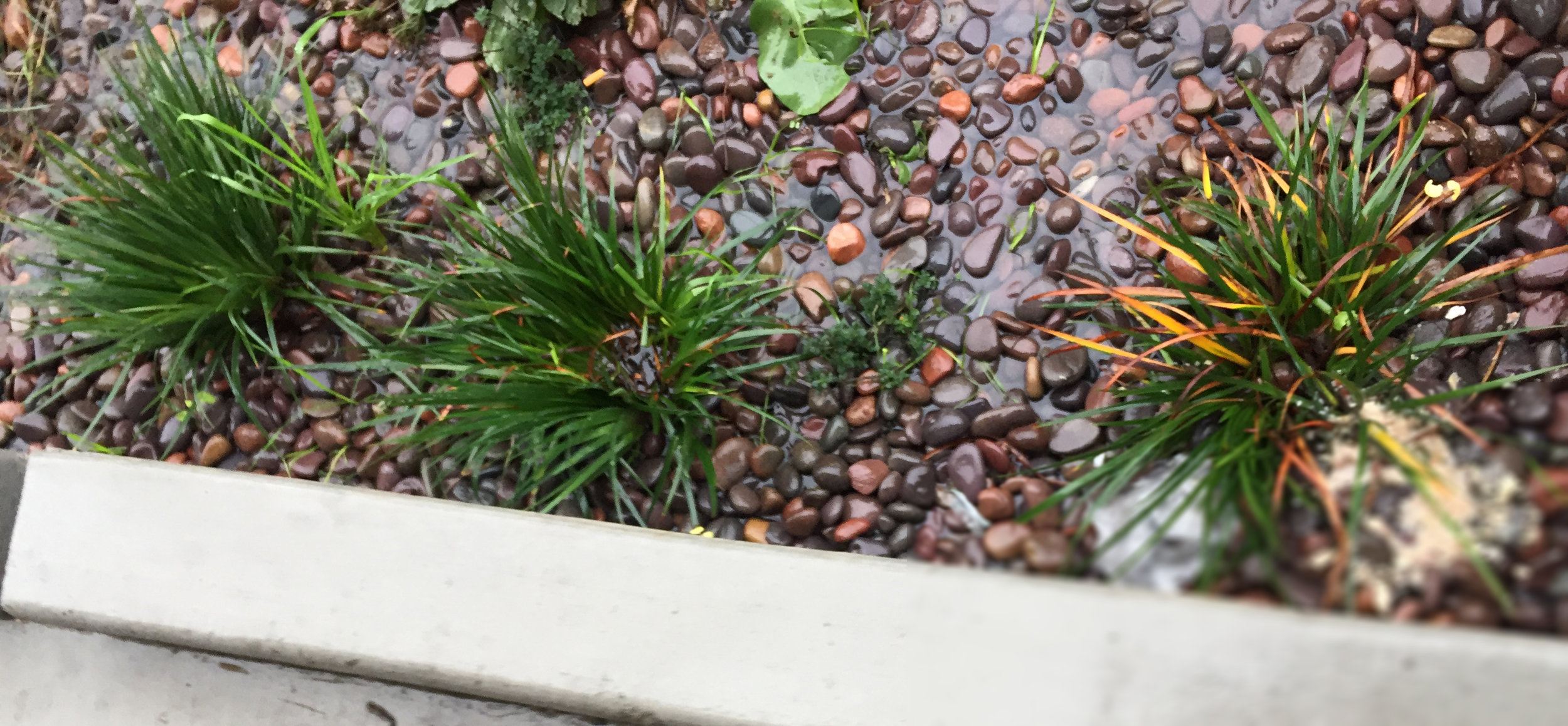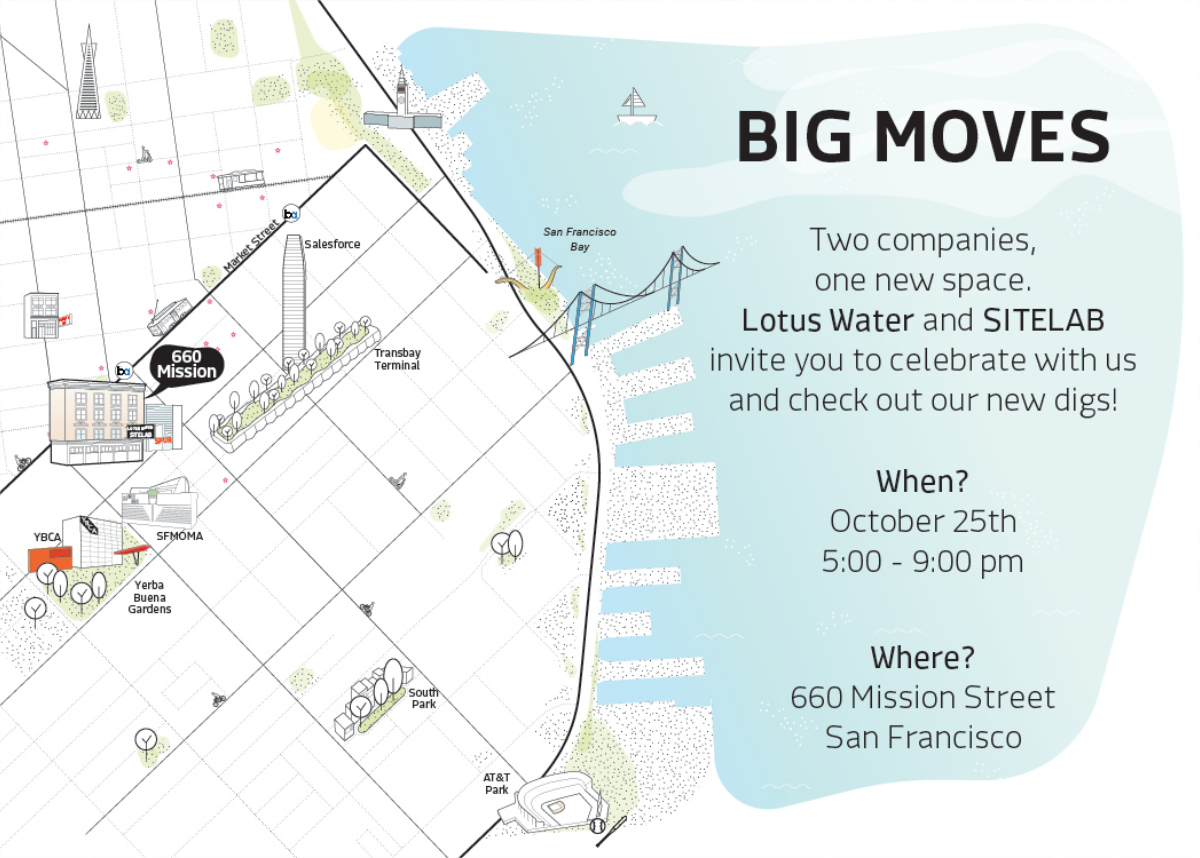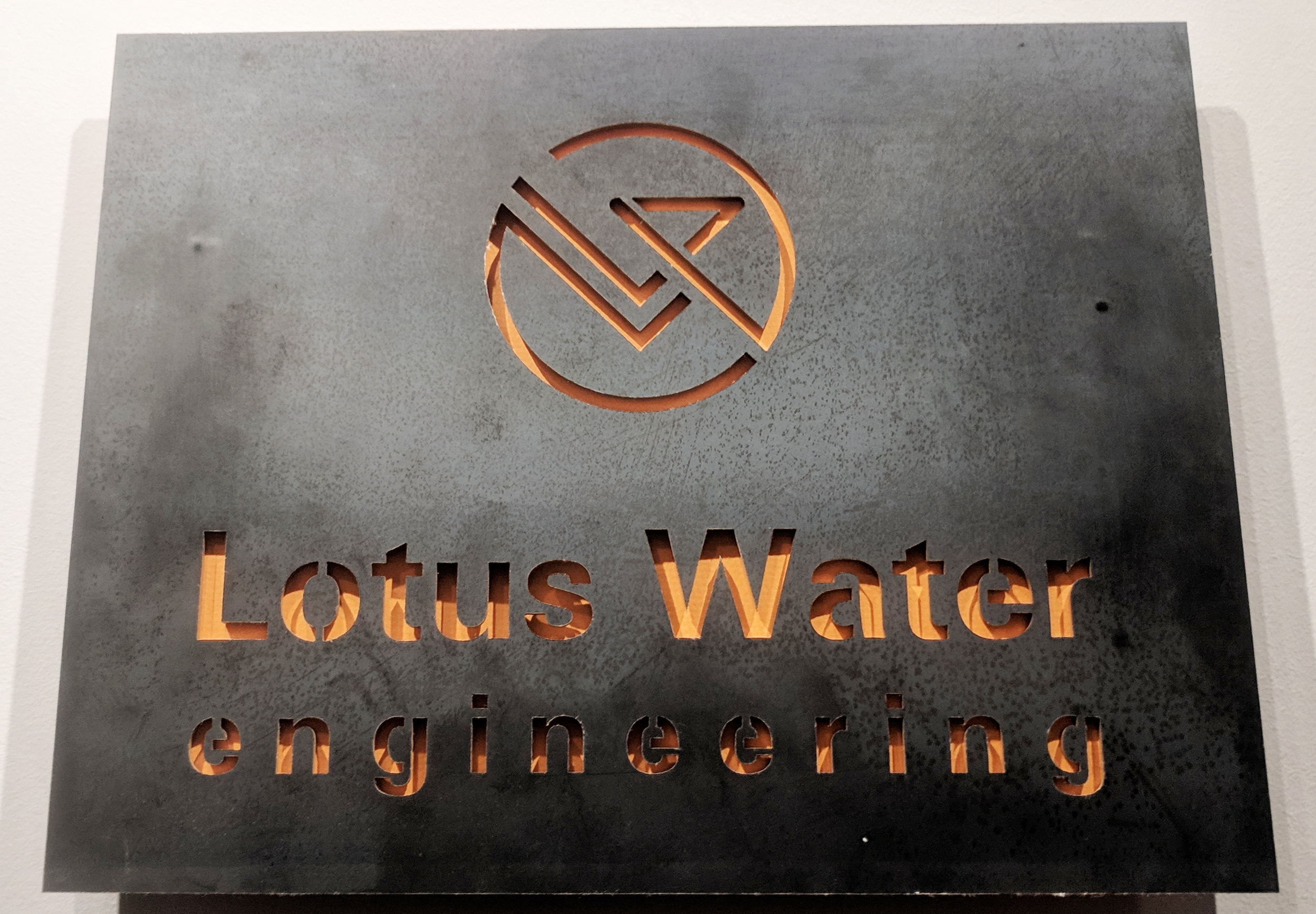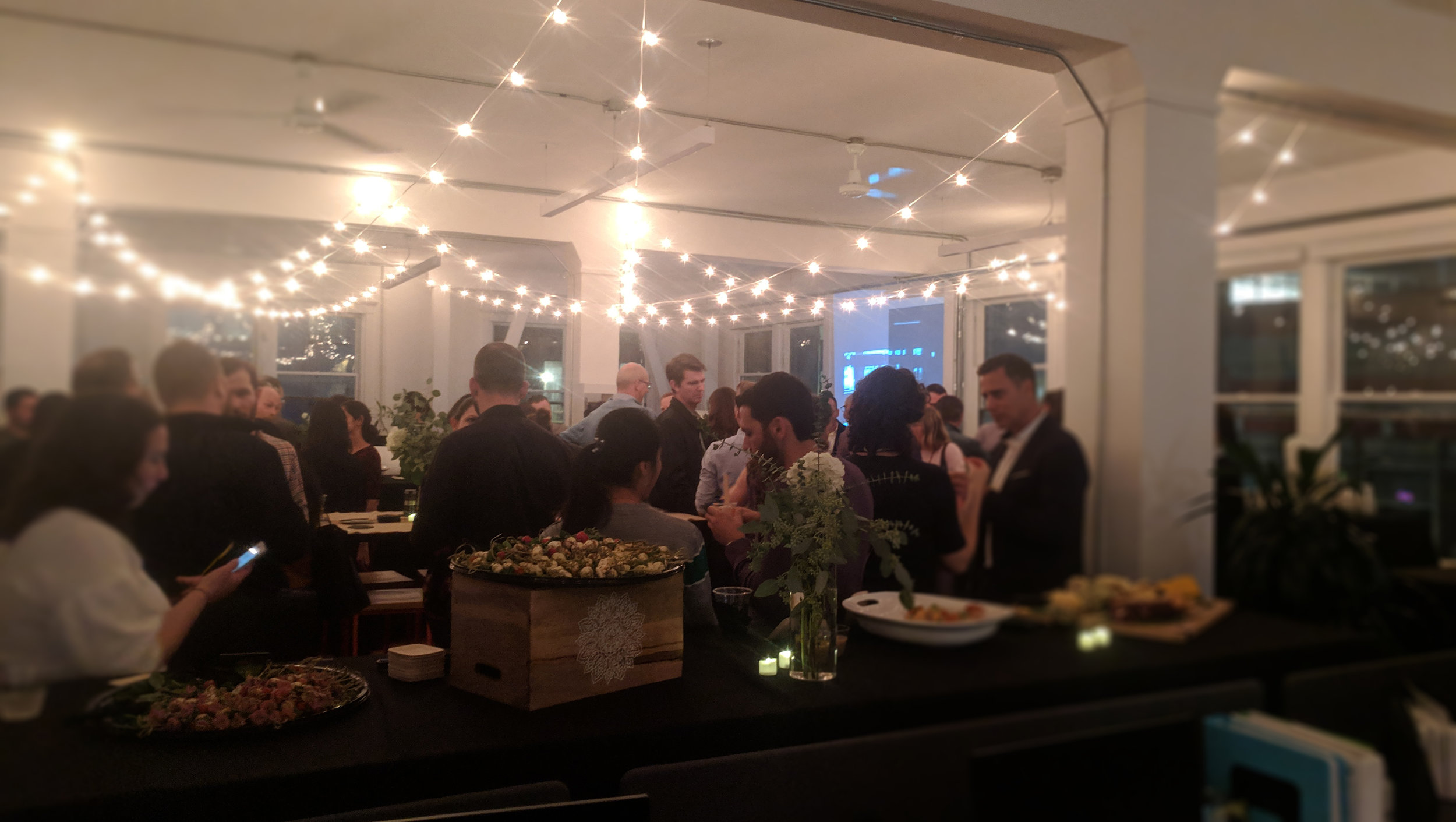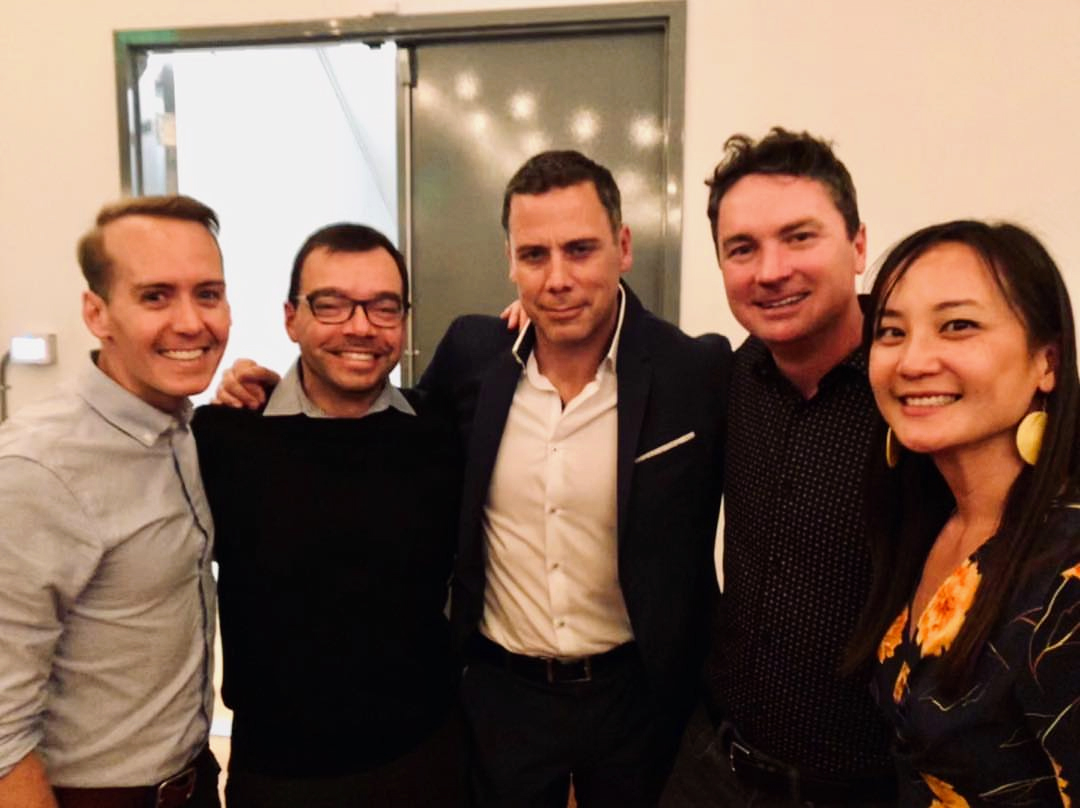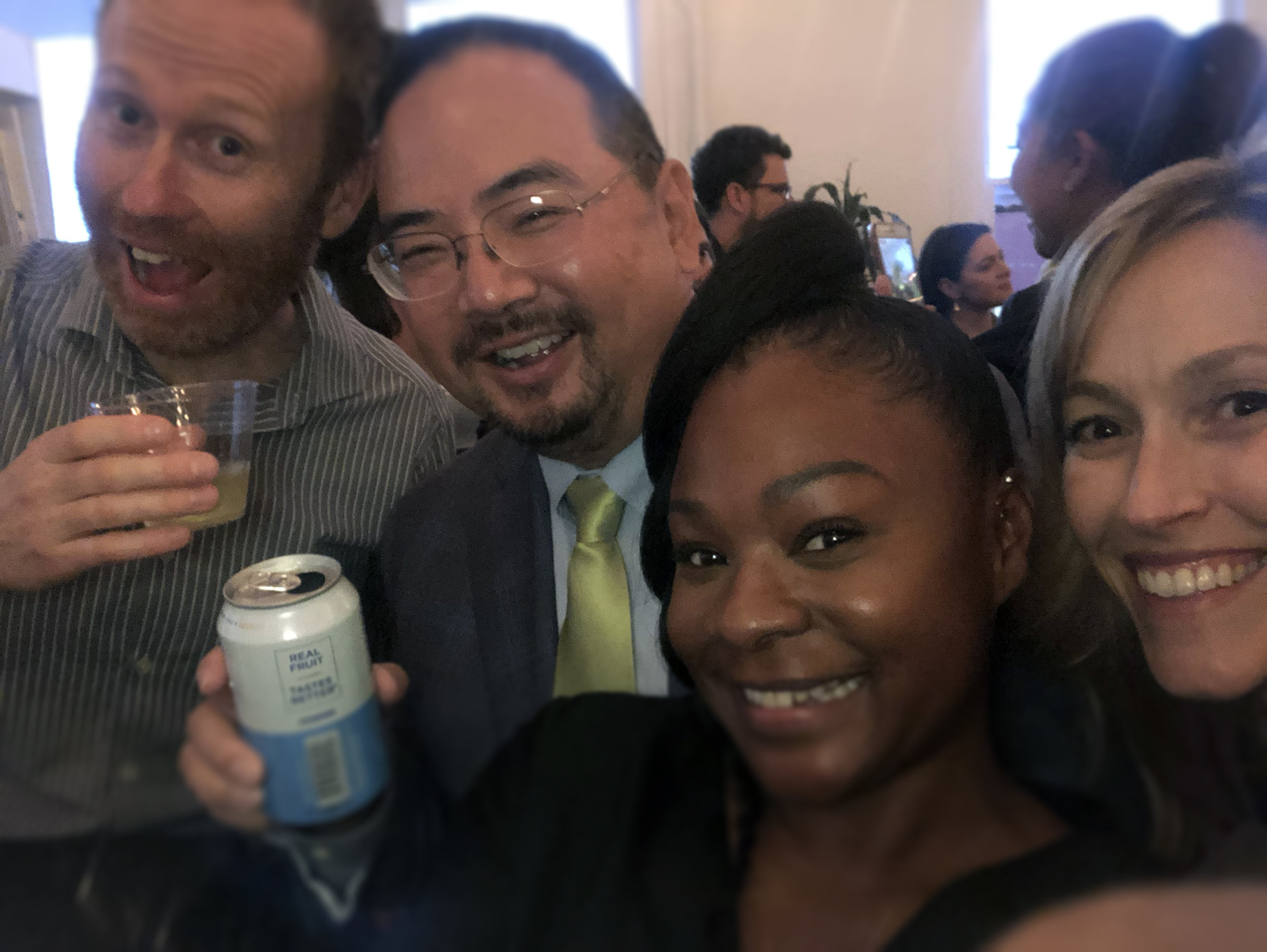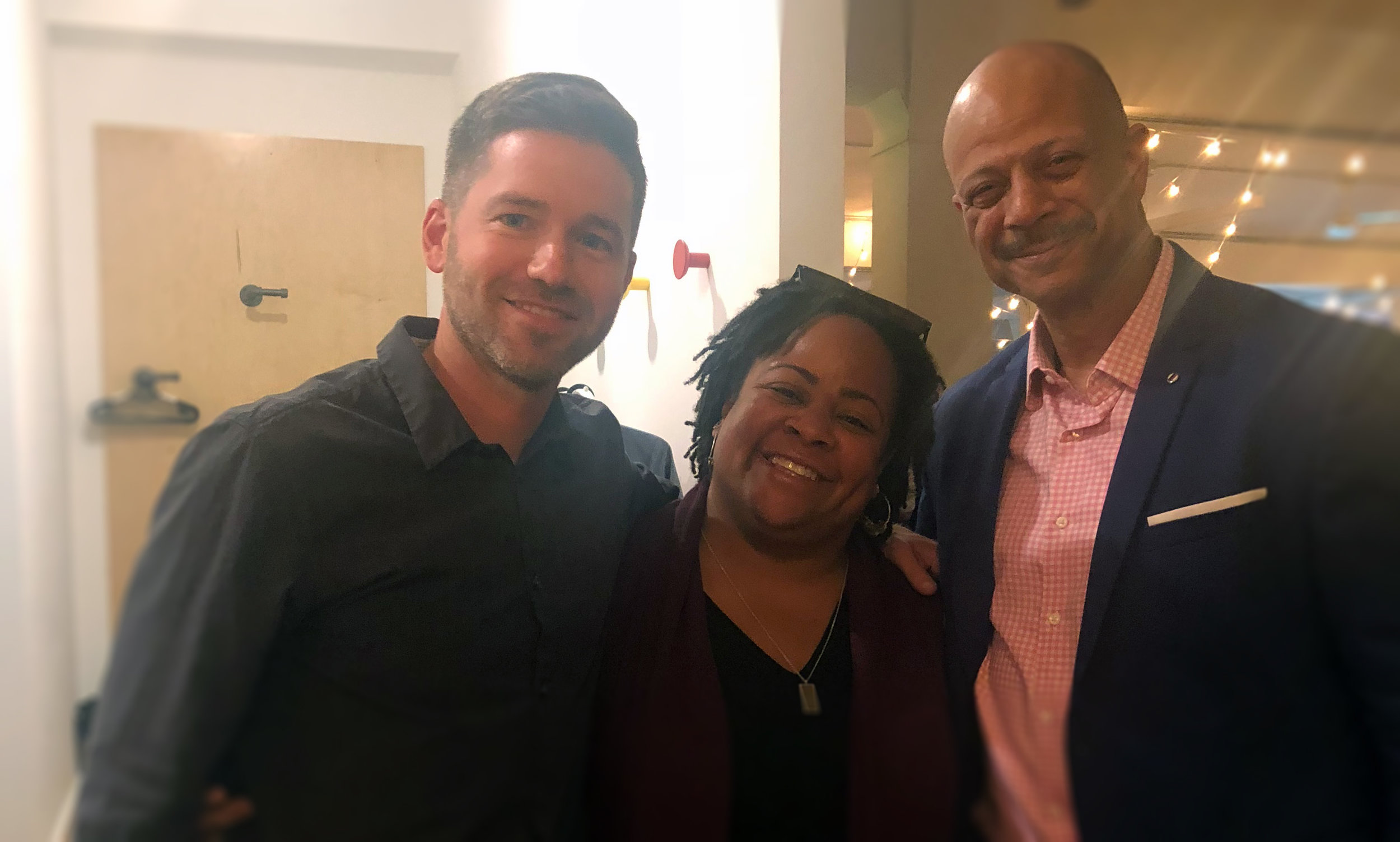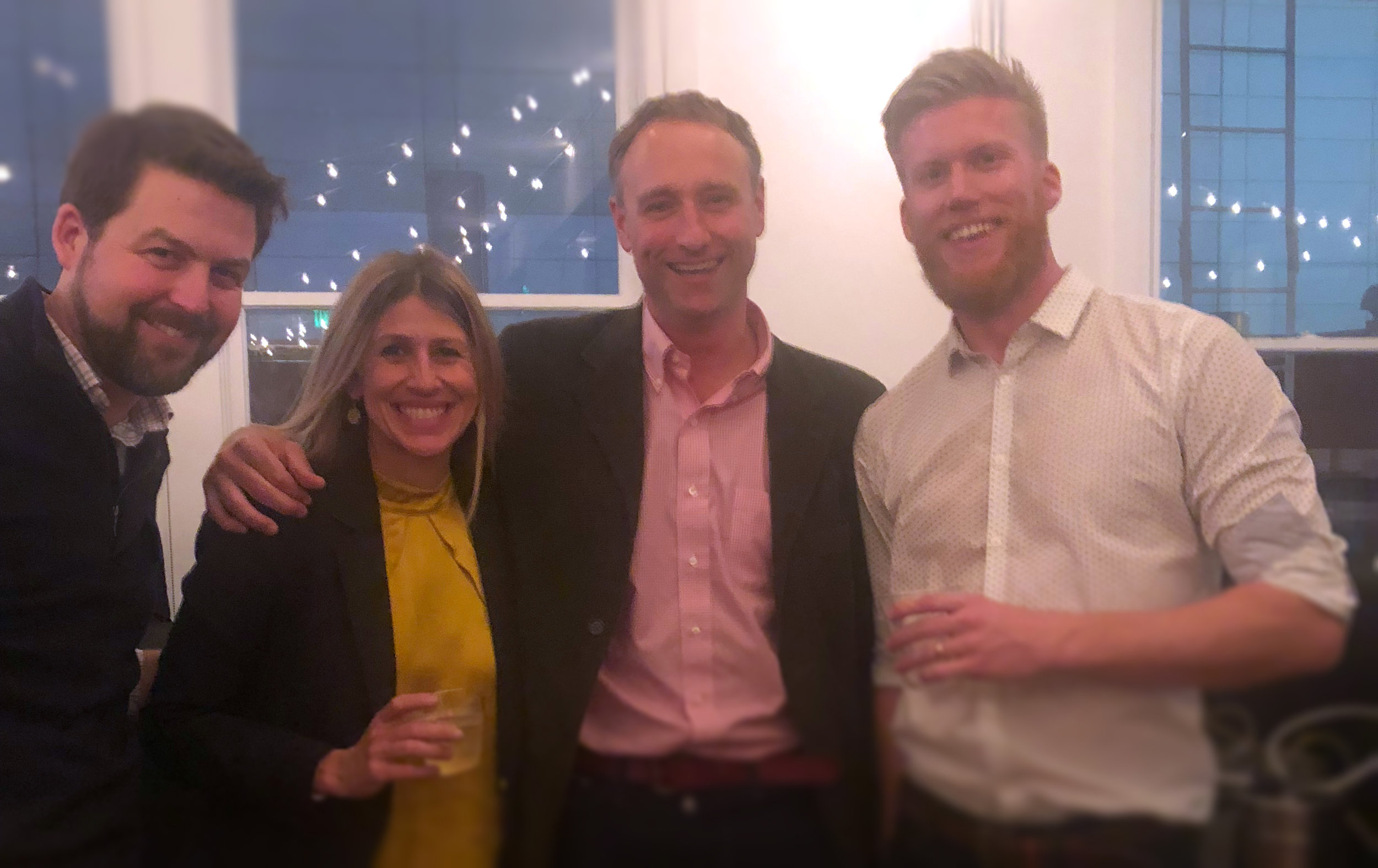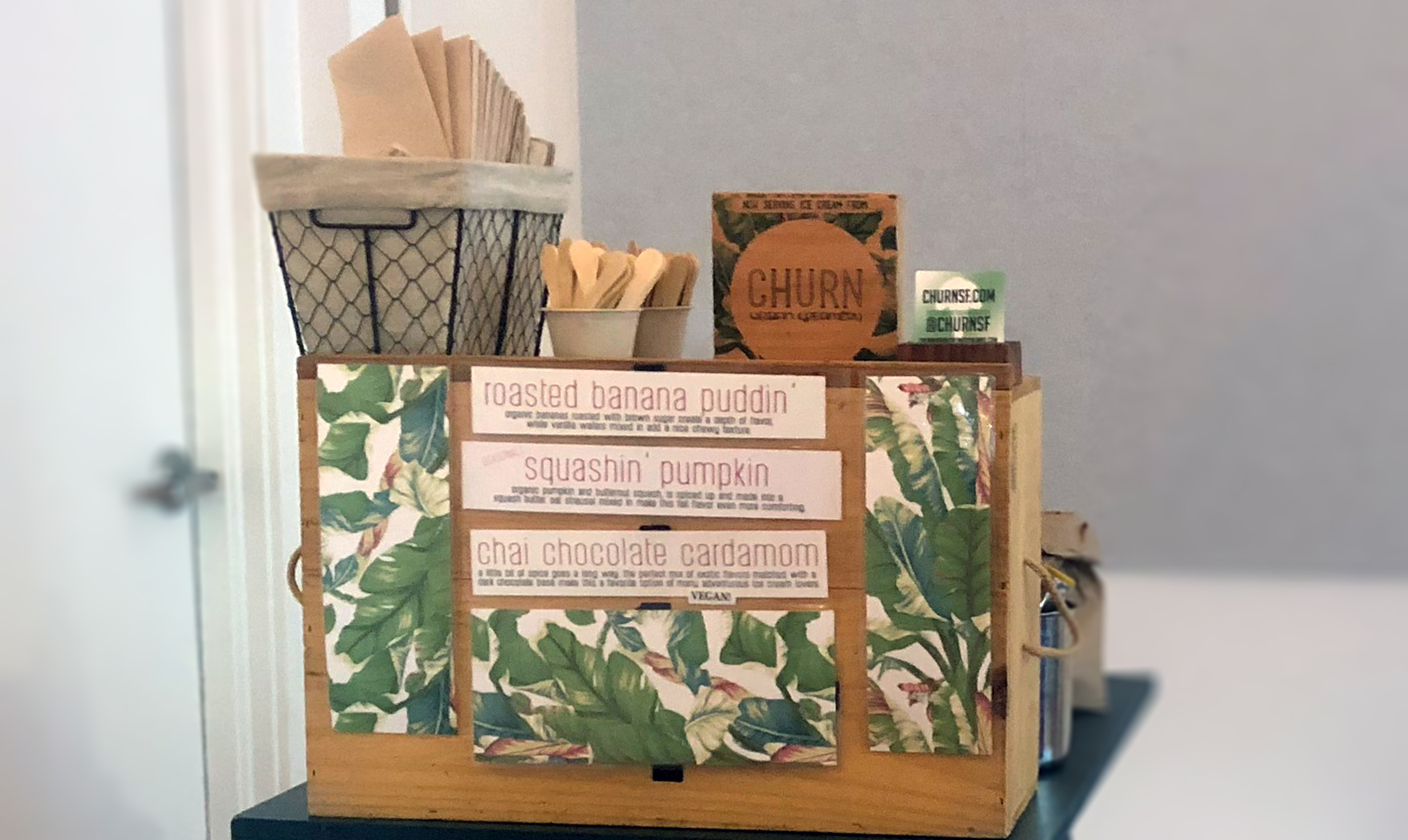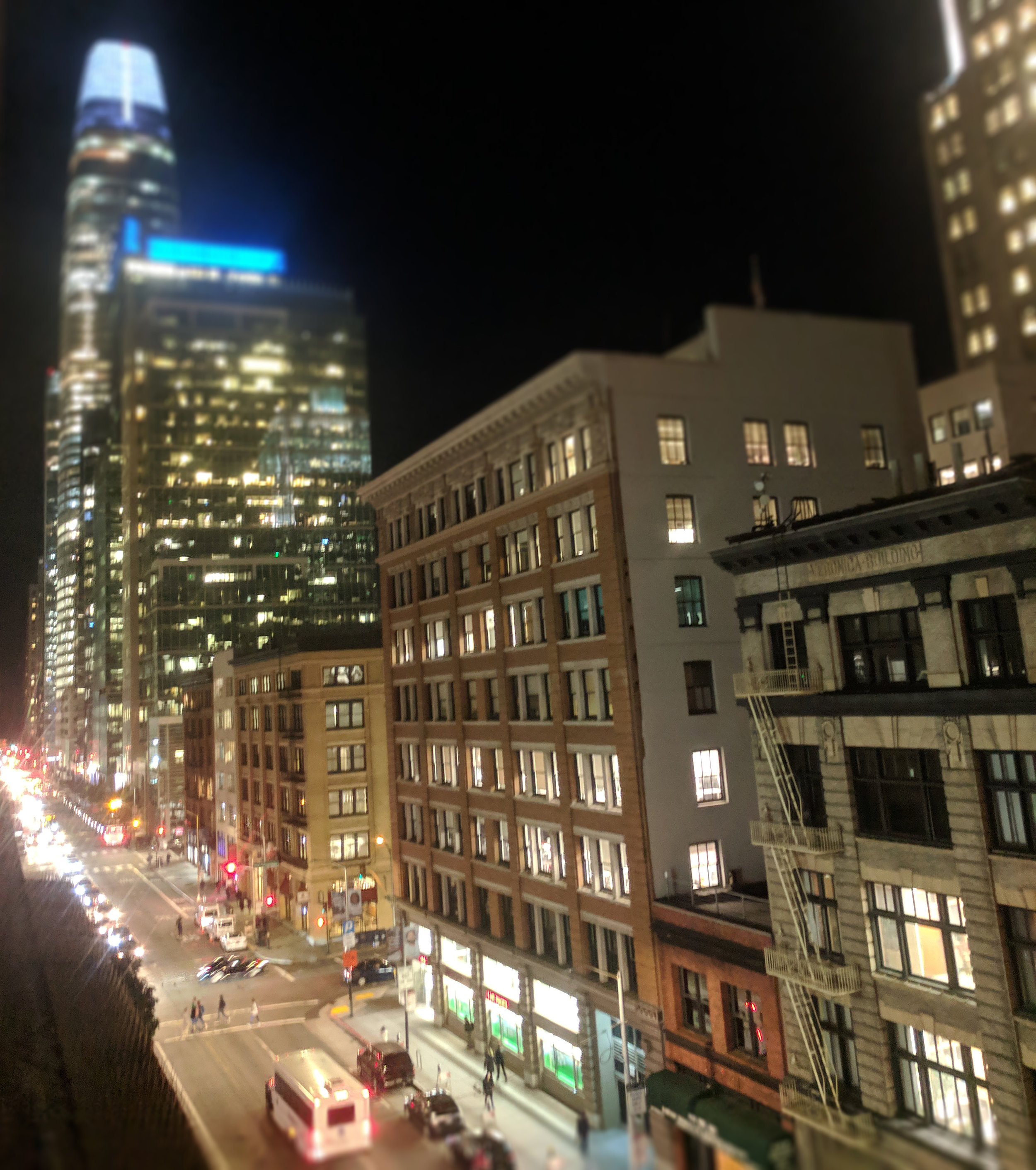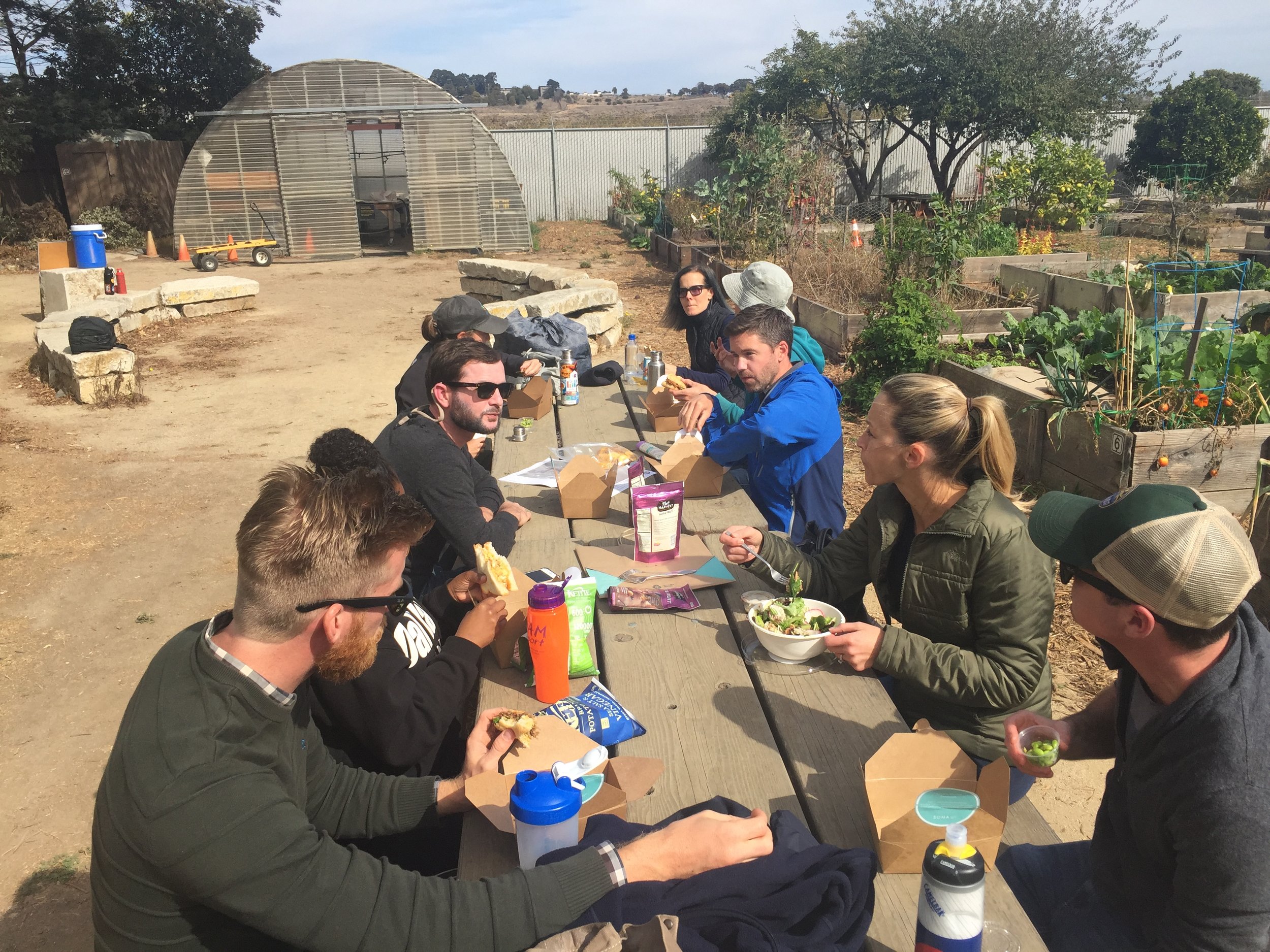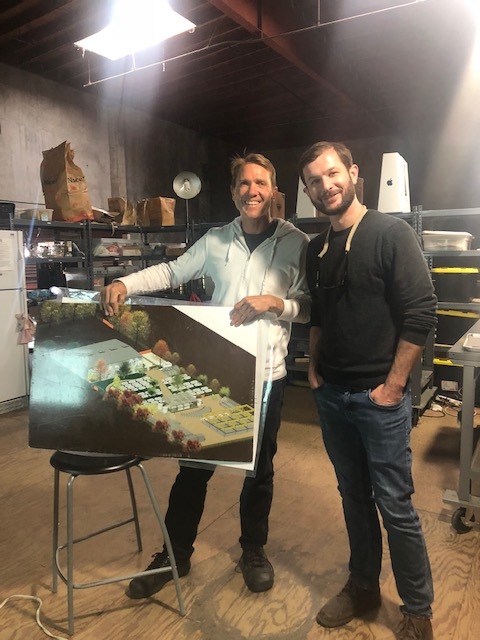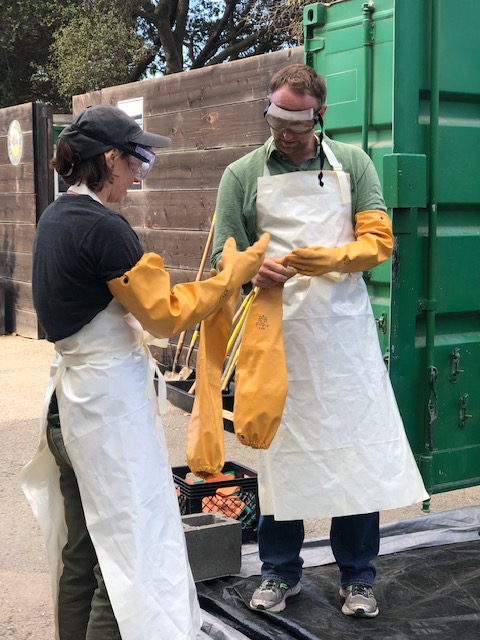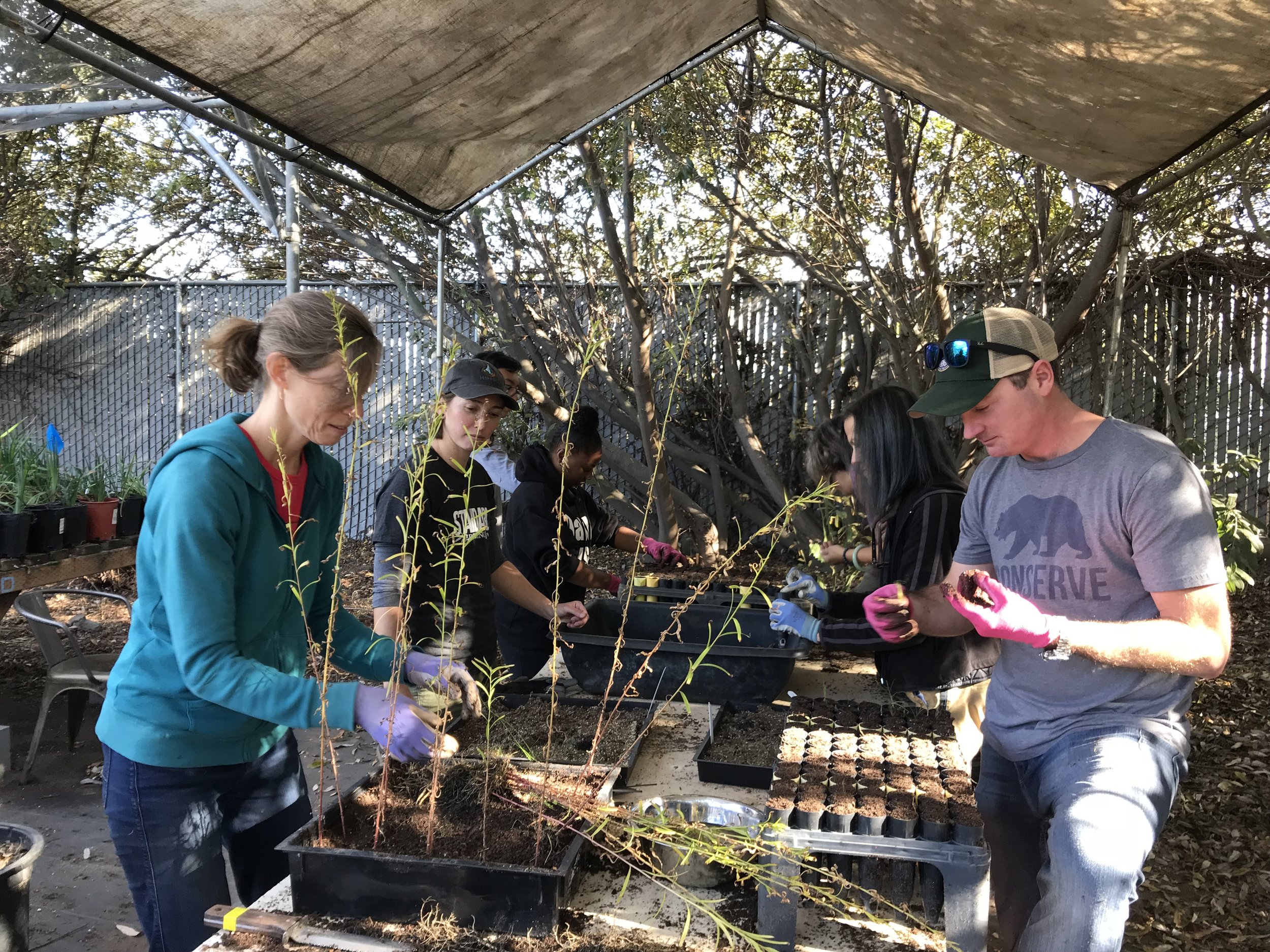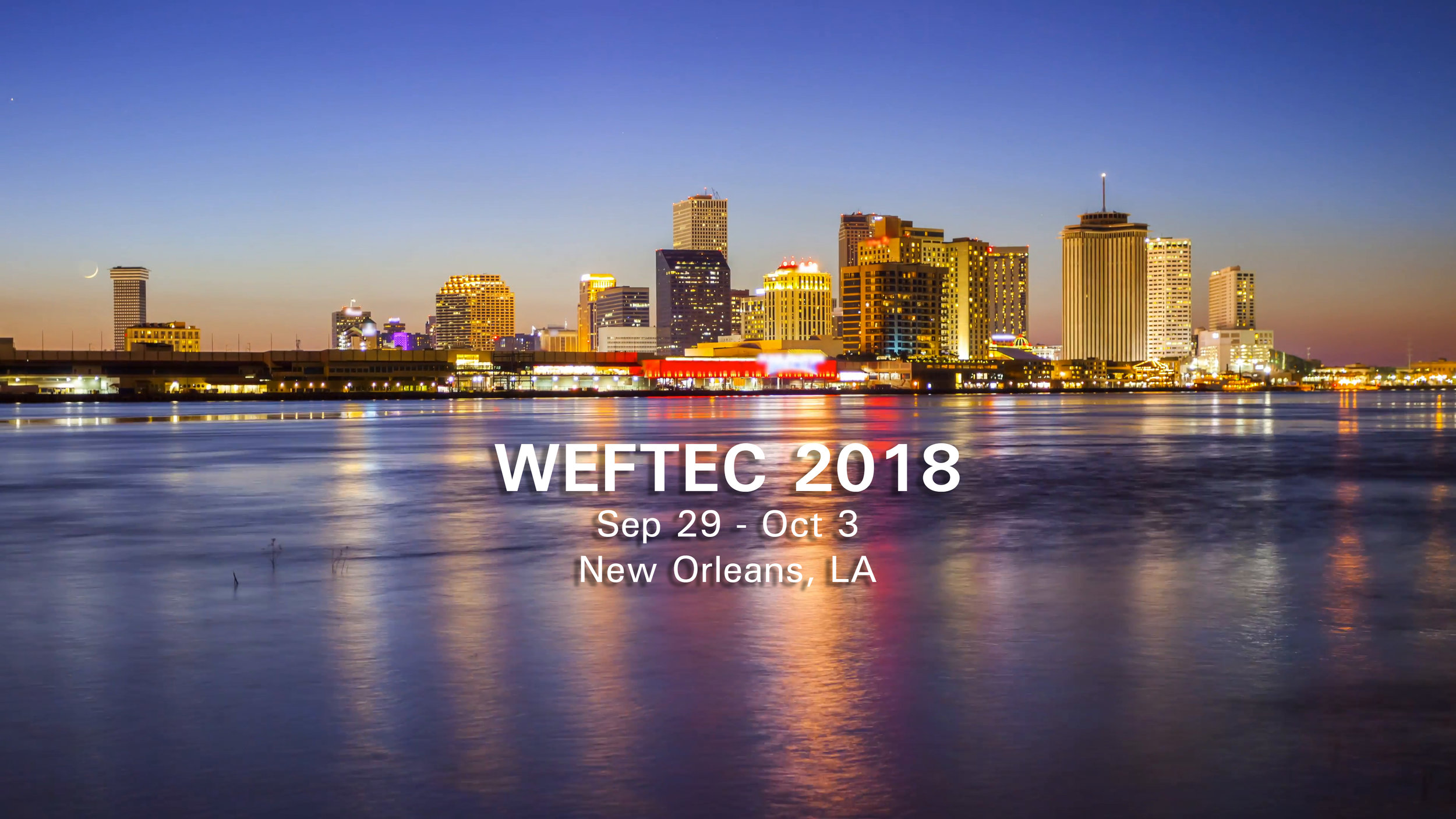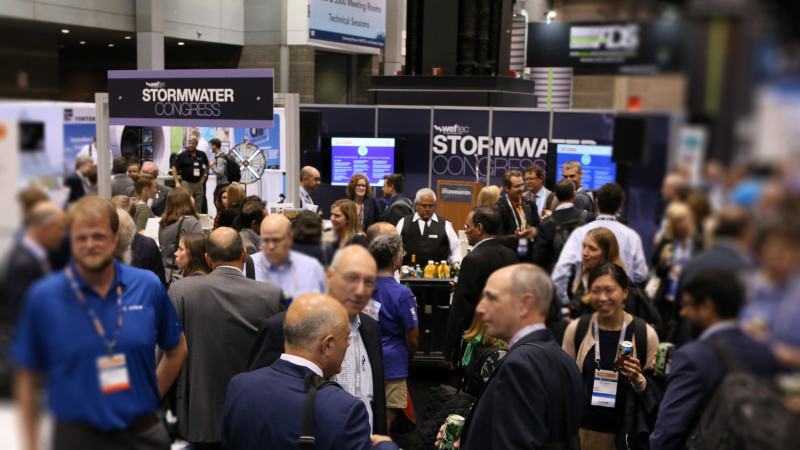2020 has been quite a year – we’re in the midst of a global public health crisis from the coronavirus pandemic, which has highlighted the critical role that water and wastewater systems play in our communities to protect public health, safeguard the environment, and make a healthy economy possible.
Today, we Imagine a Day Without Water.
It’s a day to pause and notice the way that water systems impact our lives and communities, and commit to ensuring a sustainable water future for generations to come.
Lotus recognizes how essential water is for our communities to thrive and is committed to working toward a future that ensures all people have access to clean, safe, reliable, and affordable water. Our philosophy is rooted in the belief that traditional engineered systems are most effective when integrated with innovative solutions that restore natural processes, optimize water reuse, and incorporate community insight and priorities to balance environmental, social, and economic benefits. Together with project partners, such as the SFPUC and King County, Lotus carefully considers potential equity and environmental justice impacts throughout our capital planning, project, and policy development process. Through this collaborative triple bottom line approach, Lotus is engineering solutions for a better environment while building stronger, more resilient communities.
We can all use our voices to speak up in support of water infrastructure by voting.
For many of us, this is the most important election of our lifetimes. It is increasingly imperative that we hold our elected officials accountable for addressing the climate crisis, fixing our failing infrastructure, prioritizing safe drinking water for all, and protecting water for future generations. Below are some resources about candidate views on water issues and information on how the voting process might be different this year.
Election 2020 - How to Vote | state-specific voting information (Washington Post)
Scorecard for the 116th Congress | shows how your elected officials voted on key water + environmental legislation (Clean Water Action)
Trump’s & Biden’s Plans for the Environment | comparison of presidential candidates (NPR)
Water on the Ballot | past + present ballot measures by year + state (Ballotpedia)
FEATURED PROJECTS








